Kinhtedothi- According to National Assembly delegate Nguyen Phi Thuong, urban railways are identified as an important backbone for public passenger transport, solving traffic congestion problems, and reducing environmental pollution in large cities...
Solving traffic congestion, reducing environmental pollution
Participating in the discussion at Group 1 (National Assembly Delegation of Hanoi City) in the content of the program of the 9th Extraordinary Session of the 15th National Assembly, National Assembly Delegate Nguyen Phi Thuong - Director of the Hanoi Department of Transport expressed his agreement with the need to urgently issue a Resolution of the National Assembly on piloting a number of specific and special mechanisms and policies to develop the urban railway network system in Hanoi and Ho Chi Minh City.
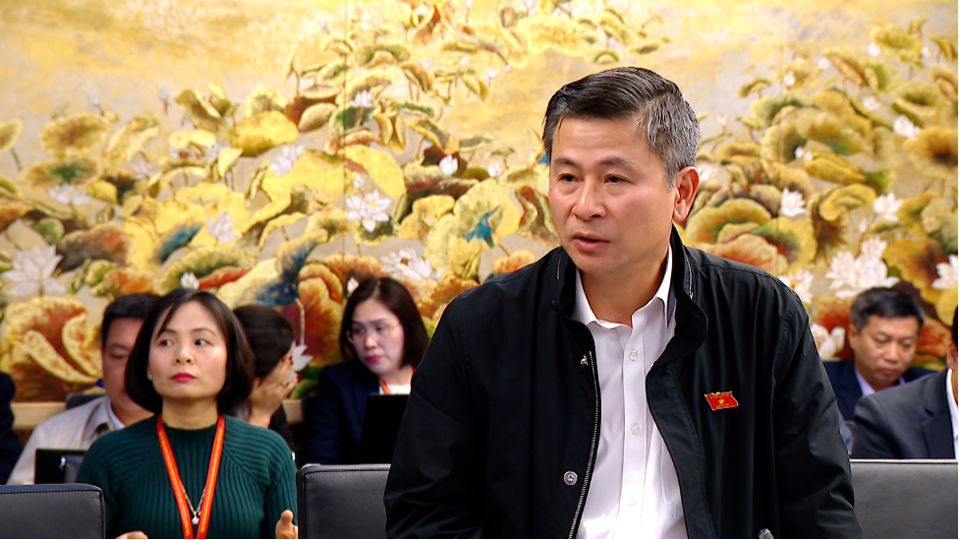
According to the delegate, the Resolution will promptly resolve institutional difficulties and problems that have been identified in practice in Hanoi and Ho Chi Minh City when organizing investment in developing the urban railway network, in order to concretize the implementation of Resolution 15/2022 of the Politburo on the development of Hanoi Capital, Resolution No. 31/2022 of the Politburo on the development of Ho Chi Minh City and Conclusion No. 49-KL/TW of the Politburo.
"The issuance of a Resolution on piloting a number of specific mechanisms and policies to develop the urban railway network system in Hanoi and Ho Chi Minh City is very necessary and urgent to quickly put these projects into construction and operation, thereby creating a synchronous infrastructure. Especially for a very special terrain like Vietnam, the development of the railway system is very important, it will contribute to reducing transportation costs, especially logistics costs that currently account for a large proportion of the cost of goods and services" - Deputy Chairman of the National Assembly's Committee on Science, Technology and Environment Ta Dinh Thi (National Assembly Delegation of Hanoi)
According to the delegates, urban railways are identified as an important backbone for public passenger transport, solving traffic congestion and reducing environmental pollution in large cities. Experience after implementing the development of the urban railway system in China, in addition to reducing traffic congestion and environmental pollution, also contributes to annual GDP growth in major cities. Specifically: Shenzhen's GDP increases by 3-3.5% per year; Beijing and Shanghai increase by 2.8-3% per year; Wuhan, Nanjing, Chengdu, Tianjin and Chongqing's GDP increases by 2% per year.
According to the planning orientation, for Hanoi (14 routes corresponding to 619.1km), for Ho Chi Minh City (10 routes corresponding to 510km), there is a huge amount of work and resources to be deployed in the coming time and if we continue to follow the old methods and policies implemented in this field, we cannot complete the planning goals. In the past nearly 20 years, both Hanoi and Ho Chi Minh City have only deployed and put into operation 40.5km/1,129.1km according to the planning. Therefore, the issuance of specific and special mechanisms and policies for this investment field is an urgent task.
Agreeing with and appreciating the content of the Government's Proposal and basically agreeing with the 6 specific and special policy groups, especially the pilot ones in the draft Resolution submitted to the National Assembly for consideration and approval at this session, National Assembly delegate Nguyen Phi Thuong said that the policy mechanisms have been carefully studied on the basis of inheriting the policy mechanisms that have been and are being effectively implemented in transport infrastructure investment in the past, combined with referring to practical experiences at home and abroad, as well as forecasting and assessing the impacts during the implementation process.
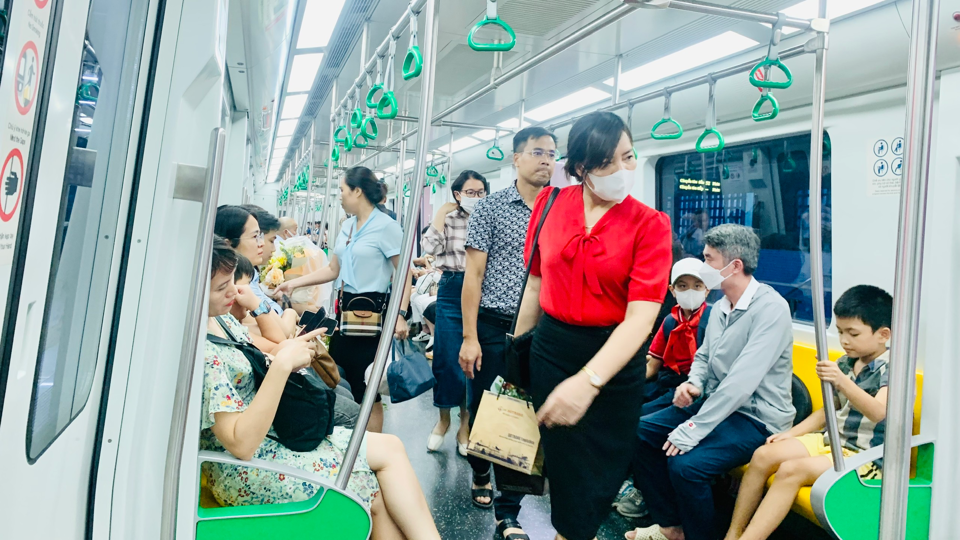
Realizing breakthrough development goals
In order to effectively organize the implementation of the Resolution, put it into practice in connection with common issues of similarity as well as the conditions and characteristics of each locality in order to effectively concretize policies and mechanisms, delegate Nguyen Phi Thuong proposed to consider updating and supplementing policies to encourage and protect cadres who dare to think and dare to do, promoting initiative, creativity and flexibility in organizing and implementing (similar to the policy proposed in the implementation of the Lao Cai - Hanoi - Hai Phong railway project, this issue has also been proposed by the Hanoi People's Committee to be updated and supplemented in the process of finalizing and receiving comments).
At the same time, the development of the urban railway network of Hanoi and Ho Chi Minh City needs to be placed in each regional and inter-regional connection relationship (this issue has also been mentioned by the Politburo in the development orientation). According to the urban railway network planning, there are routes connecting to neighboring provinces. Accordingly, delegate Nguyen Phi Thuong proposed to update and supplement the content of the policy mechanism for urban railway projects connecting through 2 or more provinces.
Specifically: ''The Prime Minister decided to assign the city through which the route passes to be the competent authority to organize the implementation. The competent authority (Hanoi or Ho Chi Minh City) will implement the investment and construction of infrastructure along the entire route, and the site clearance will be divided into component projects implemented by the localities. The component projects by the localities connecting with Hanoi and Ho Chi Minh City are allowed to apply all the specific policies and mechanisms of this Resolution''.
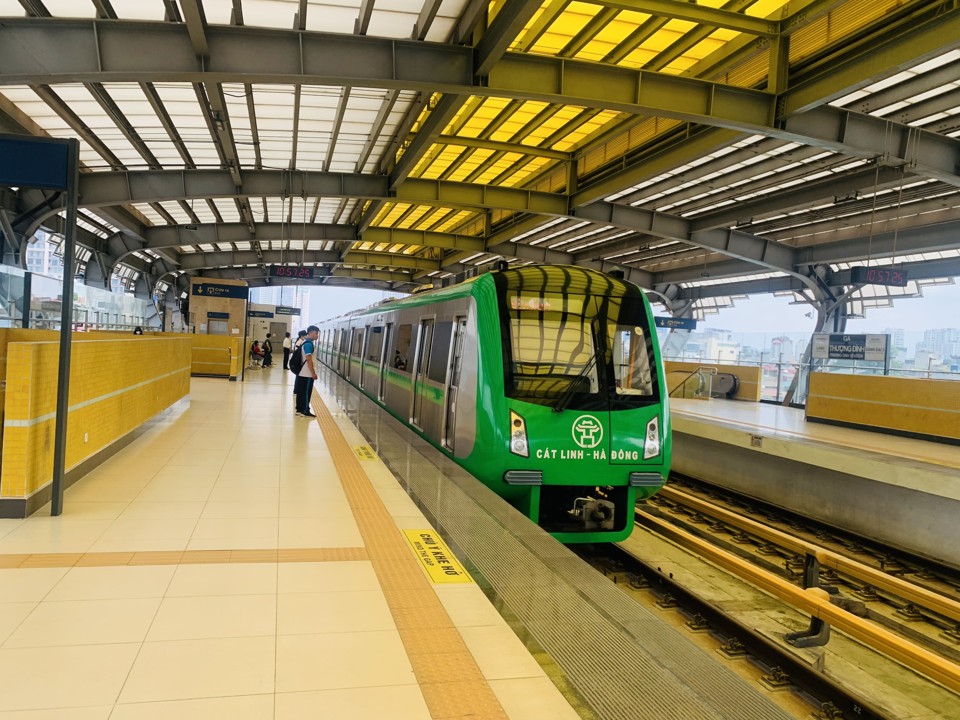
Along with that, the draft Resolution also mentioned the policy of "The City People's Committee is allowed to decide on the application of bidding methods for the selection of consulting, non-consulting, and construction contractors; EPC general contractors, turnkey contractors; investors of urban railway projects, urban railway projects according to the TOD model. The order and procedures are implemented according to the provisions of the law on bidding".
EPC+F model: Solve part or all of the project financing needs of the investor, through the contractor supporting the investor in finding high-quality financing channels, thereby minimizing financial risks for the investor, promoting smooth project implementation.
EPC+O&M model: This model combines the EPC model with operations and maintenance (O&M). The contractor is not only responsible for the construction but also for the subsequent operation and maintenance of the project. This helps the owner achieve long-term asset management and operational efficiency.
EPC+F+O Model: This is an extension of the EPC+F model, including operations (O) in addition to finance and EPC. This model includes not only project construction but also post-operation project maintenance and management, ensuring that the project can be effectively managed during the operation phase.
However, to diversify forms and mobilize resources to create legal corridors for localities to implement, delegates proposed to add more content: The City People's Committee is allowed to decide on the application of the EPC+ model (for example: EPC+F; EPC+O&M; EPC+F+O...).
In addition, update and supplement some policy mechanisms to serve post-investment operation (currently, new policies only focus on investment), such as: Policy on building unit price norms for operation, maintenance and repair; Policy on exploitation and use of stations, including joint ventures and socialization in operation to reduce budget pressure; Policy on passenger ticket prices, freight transport prices; Policy on electricity prices to serve operation and exploitation.
In addition, delegate Nguyen Phi Thuong said that the 2024 Capital Law has a policy in Article 42 (on attracting strategic investors), which mentions the urban railway sector. Accordingly, the delegate proposed to consider updating the policy content related to attracting strategic investors similar to Hanoi in the specific policy for Ho Chi Minh City to implement.
"The National Assembly's Resolution on piloting a number of specific and special mechanisms and policies to develop the urban railway network system in Hanoi and Ho Chi Minh City, which will be considered and approved this time, will meet expectations of mobilizing maximum investment resources, removing investment bottlenecks, creating breakthroughs in investment in urban railway development in Hanoi and Ho Chi Minh City, and realizing the country's development goals in the spirit of the Resolution of the 13th National Party Congress," delegate Nguyen Phi Thuong believes.
Article 31 of the 2024 Capital Law on urban development oriented towards public transport:
1. Urban development oriented towards public transport (called TOD model) is a solution for planning, renovating, embellishing and developing urban areas, taking urban railway traffic connection points or traffic connection points using other mass public passenger transport modes as residential, commercial and service business and office centers within walking distance to public transport to improve the efficiency of land use, public works, public health, reduce personal motor vehicles, reduce emissions causing environmental pollution, combined with preserving and promoting cultural values.
TOD area is an area including stations, urban railway depots, pick-up and drop-off points of other types of mass public passenger transport and surrounding areas determined according to zoning plans or related detailed plans to build traffic routes, urban railways combined with urban renovation, embellishment, and urban development investment.
2. The establishment, decision and management of urban railway system planning, planning of traffic routes using other mass public passenger transport methods and TOD areas shall apply the following regulations:
a) On the basis of the Capital Planning and the Capital General Planning, the City People's Committee is allowed to adjust the function of using land plots in the TOD area to exploit land funds and added value from land, develop urban railway lines, other public passenger transport modes, and develop urban areas in the TOD area;
b) In the TOD area, the City People's Committee is allowed to decide to apply architectural planning criteria, technical infrastructure, social infrastructure, space and land use requirements different from those specified in national technical regulations on construction planning, ensuring compliance with the Capital City Master Plan;
c) For areas with approved zoning plans or equivalent, but when developing a plan for an urban railway line or a transport route using other mass public passenger transport methods or when developing a TOD area plan, the agency or organization assigned to develop a route plan or plan has a new proposal that is different from the approved planning content, it shall submit it to the City People's Committee for consideration and decision. The decision to approve the urban railway line plan or the detailed planning of the TOD area shall replace the content of the local adjustment of the relevant regional planning in the approved zoning plan or equivalent and does not require the procedure for local adjustment of the previously approved planning project.
3. Investment in urban railway development in the city is prioritized to apply the TOD model, ensuring modernity, synchronization, sustainability and the following regulations are applied:
a) The City People's Council decides on the investment policy for the urban railway project according to the TOD model according to investment phases in each stage; decides on separating the compensation, support and resettlement contents into independent projects;
b) The City People's Committee decides to invest in urban railway projects according to the TOD model, decides to invest or approves investment policies for component projects, decides to invest in land acquisition, compensation, support, and resettlement projects;
c) The content, order, procedures and authority to appraise the projects specified in Point a and Point b of this Clause shall be implemented similarly to Group A projects under the authority of the Provincial People's Council according to the provisions of the law on public investment;
d) The City People's Committee is authorized to decide on the application of standards and regulations for the city's urban railway lines.
4. In the TOD area, the City is allowed to collect and use 100% of the following revenues to develop the urban railway system, public transport system, and technical infrastructure connecting to the public passenger transport system:
a) Revenue from additional construction floor area of civil construction projects due to increased land use coefficient and other planning indicators of TOD areas;
b) Revenue from the exploitation of added value from land in the TOD area;
c) Infrastructure improvement fees.
5. The City People's Council shall detail the management, operation and exploitation of urban railways and TOD areas; methods for determining collection levels, authority, order and procedures for collecting fees for the fees specified in Clause 4 of this Article, ensuring that they are not duplicated with other taxes and fees.
Source: https://kinhtedothi.vn/duong-sat-do-thi-xuong-song-quan-trong-ve-van-tai-hanh-khach-cong-cong.html


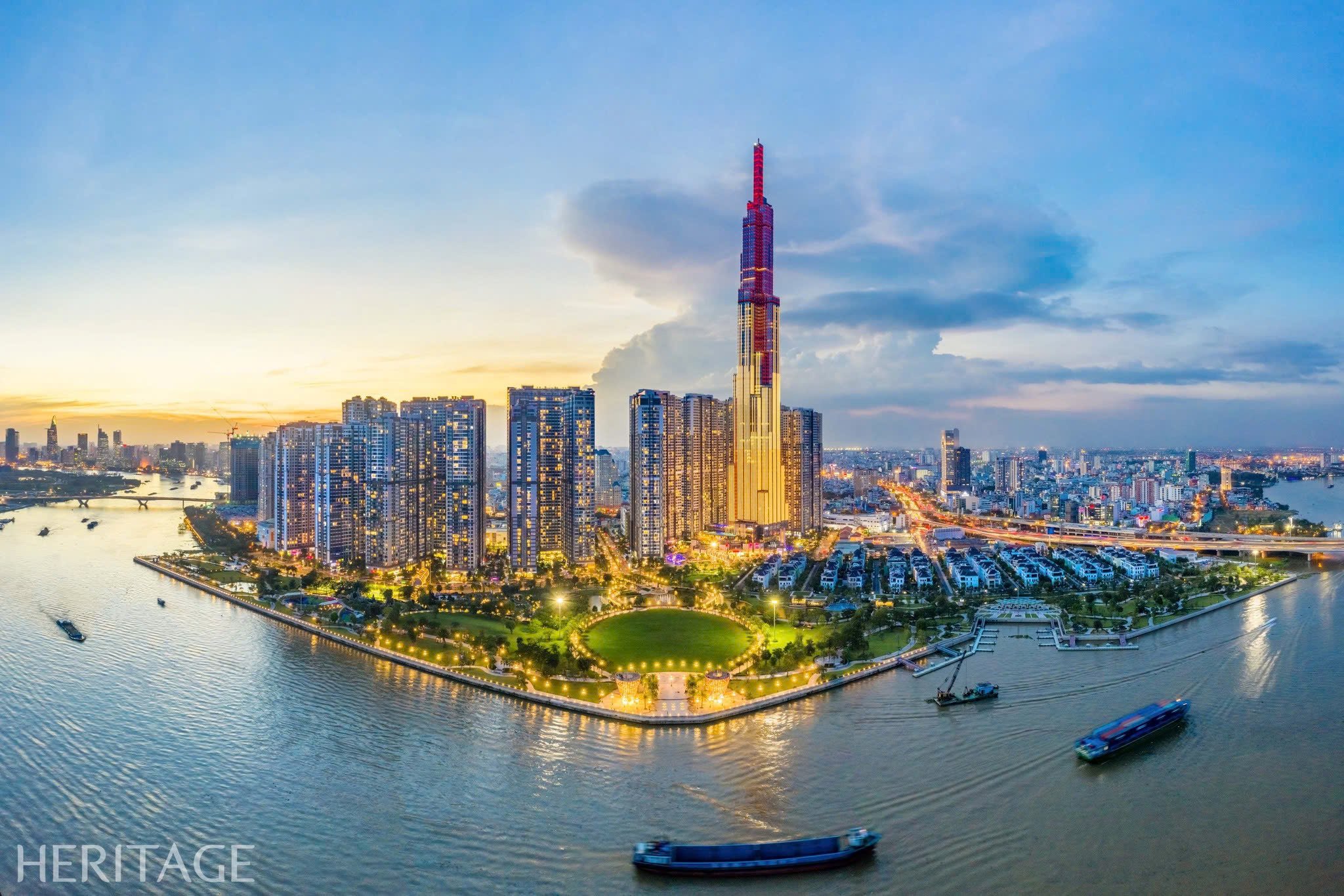
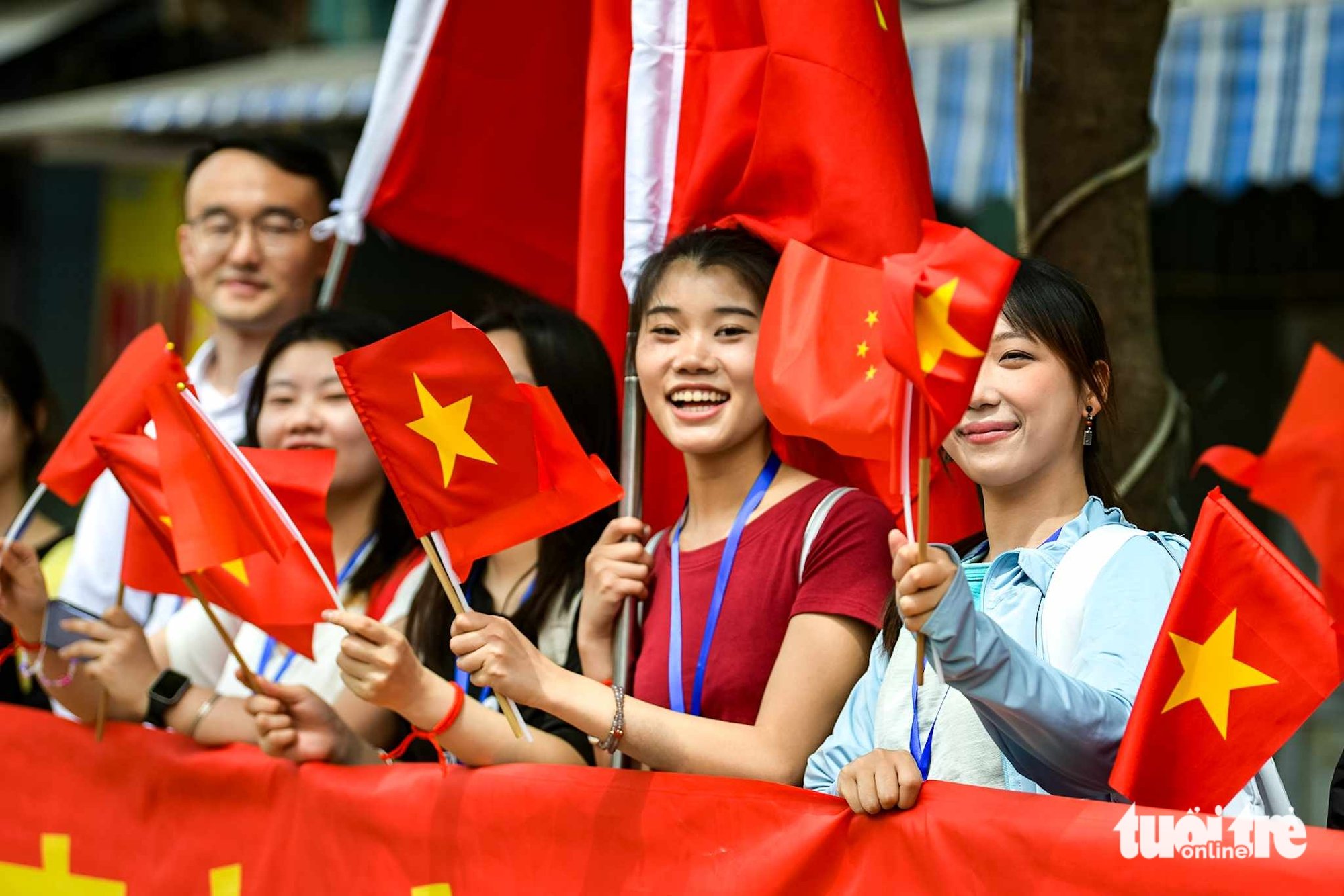
![[Photo] Children's smiles - hope after the earthquake disaster in Myanmar](https://vstatic.vietnam.vn/vietnam/resource/IMAGE/2025/4/14/9fc59328310d43839c4d369d08421cf3)
![[Photo] General Secretary To Lam chairs the third meeting to review the implementation of Resolution No. 18-NQ/TW](https://vstatic.vietnam.vn/vietnam/resource/IMAGE/2025/4/14/10f646e55e8e4f3b8c9ae2e35705481d)
![[Photo] Opening of the 44th session of the National Assembly Standing Committee](https://vstatic.vietnam.vn/vietnam/resource/IMAGE/2025/4/14/03a1687d4f584352a4b7aa6aa0f73792)
![[Photo] Touching images recreated at the program "Resources for Victory"](https://vstatic.vietnam.vn/vietnam/resource/IMAGE/2025/4/14/99863147ad274f01a9b208519ebc0dd2)
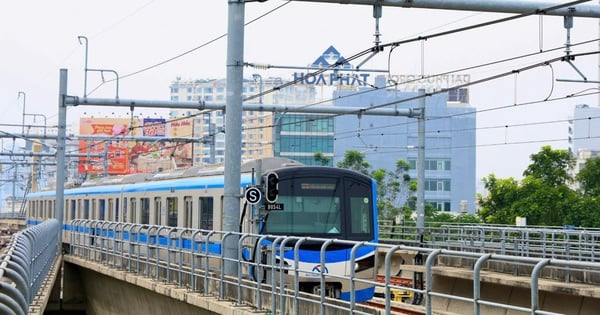

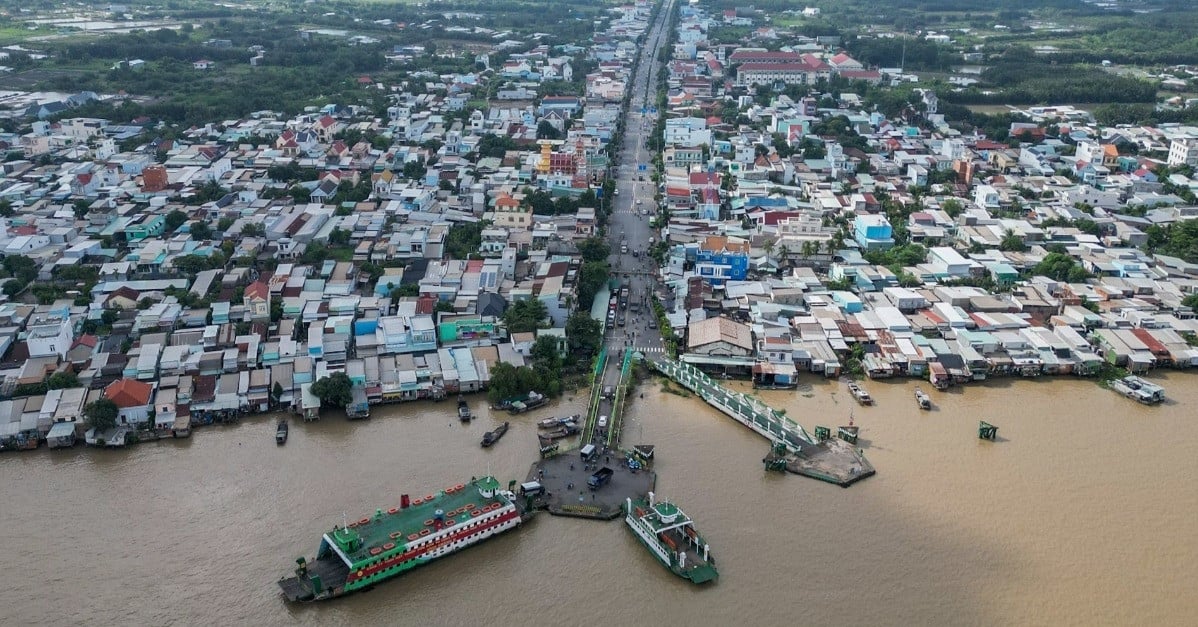

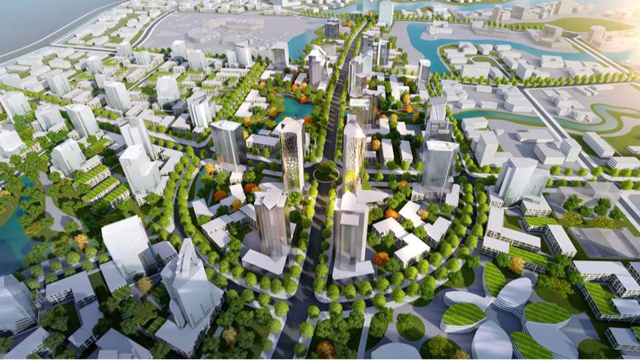
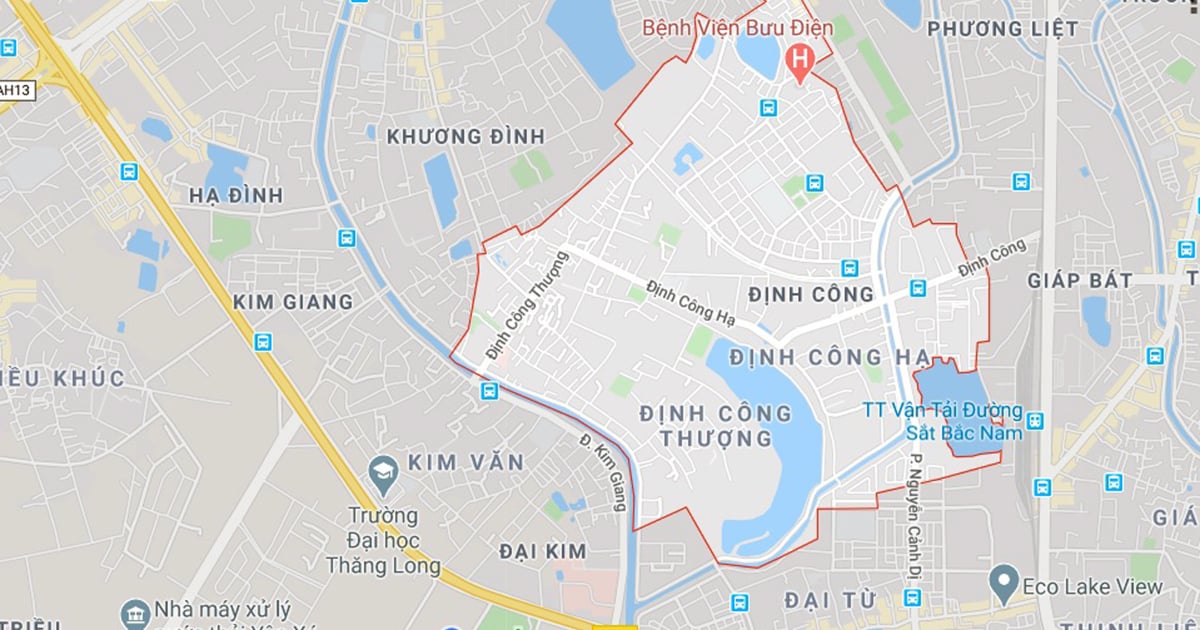
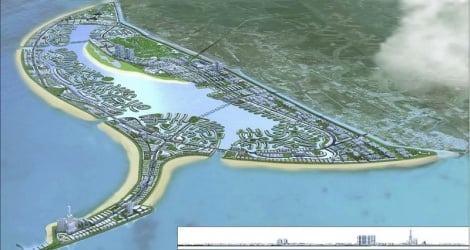

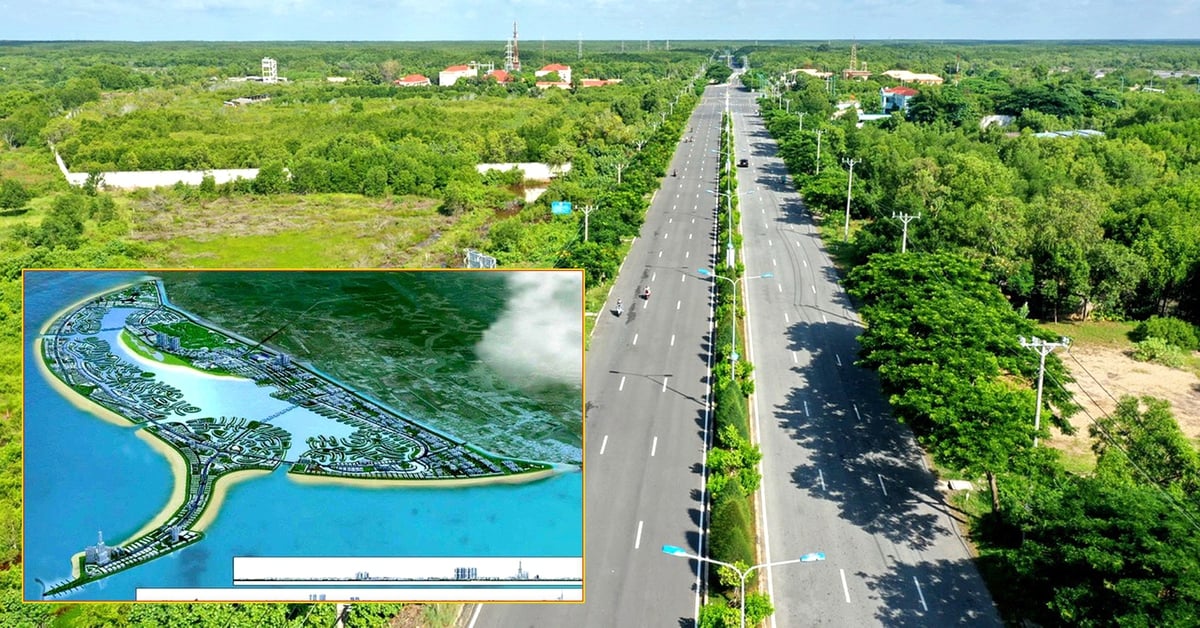

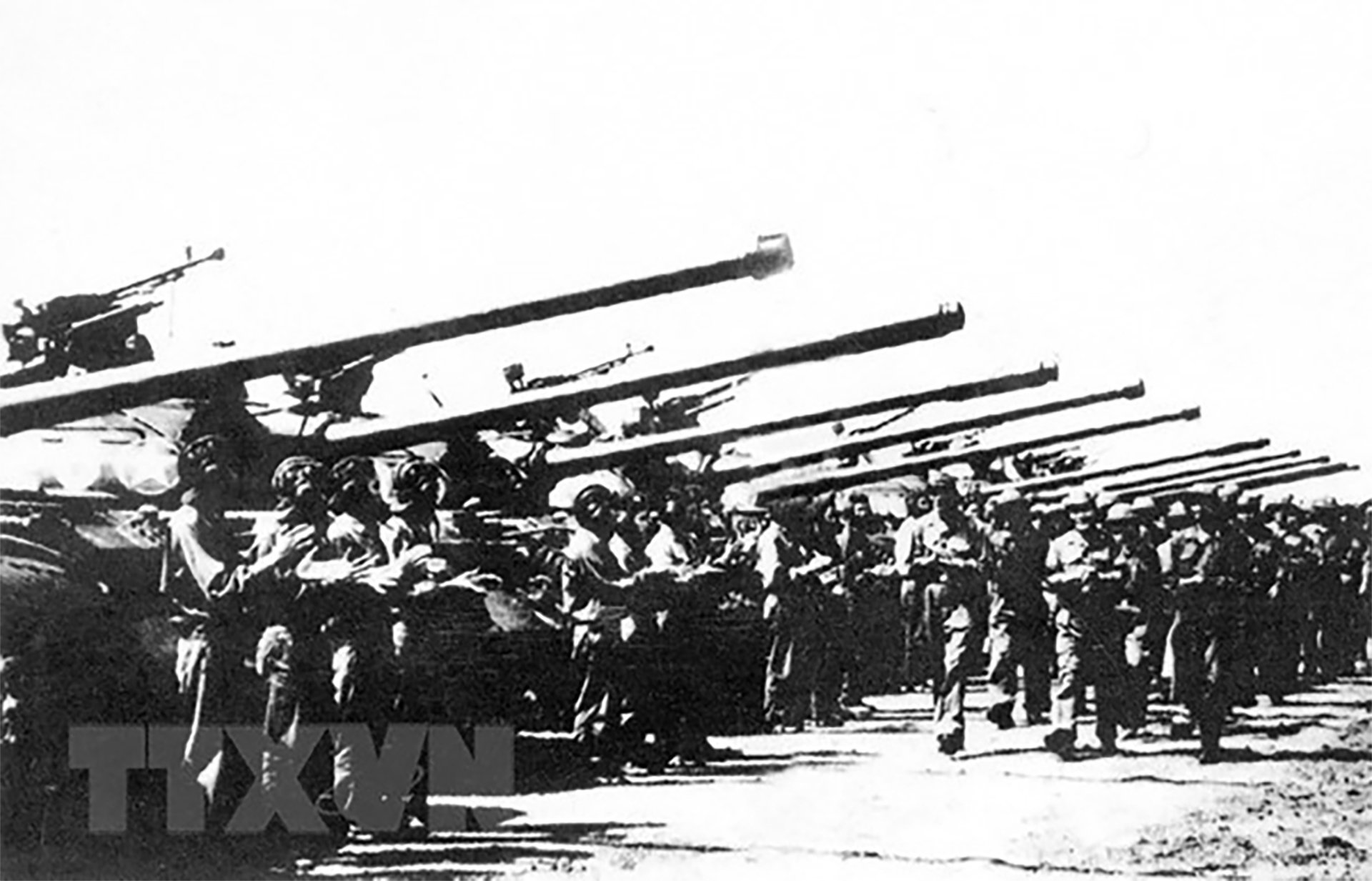
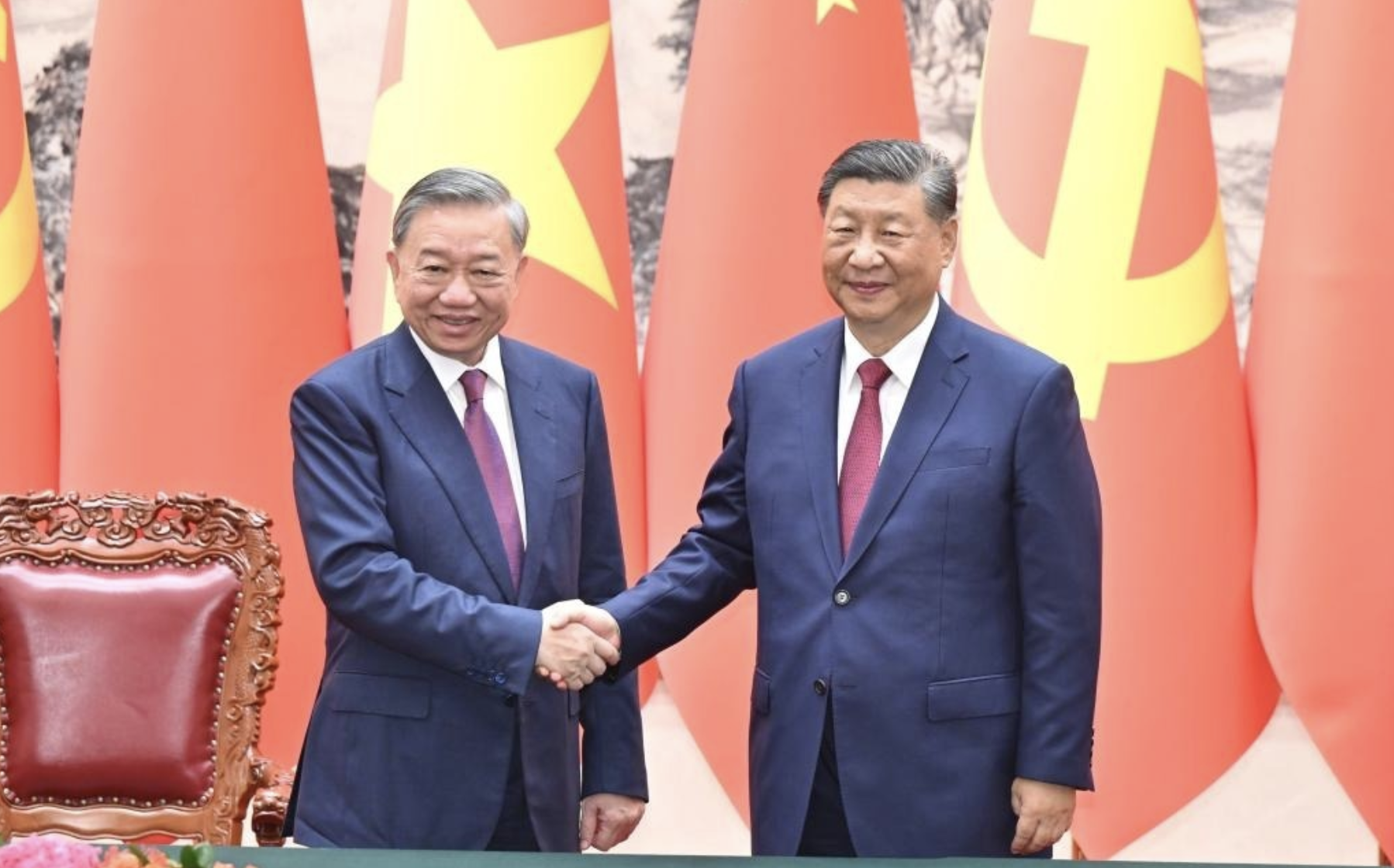
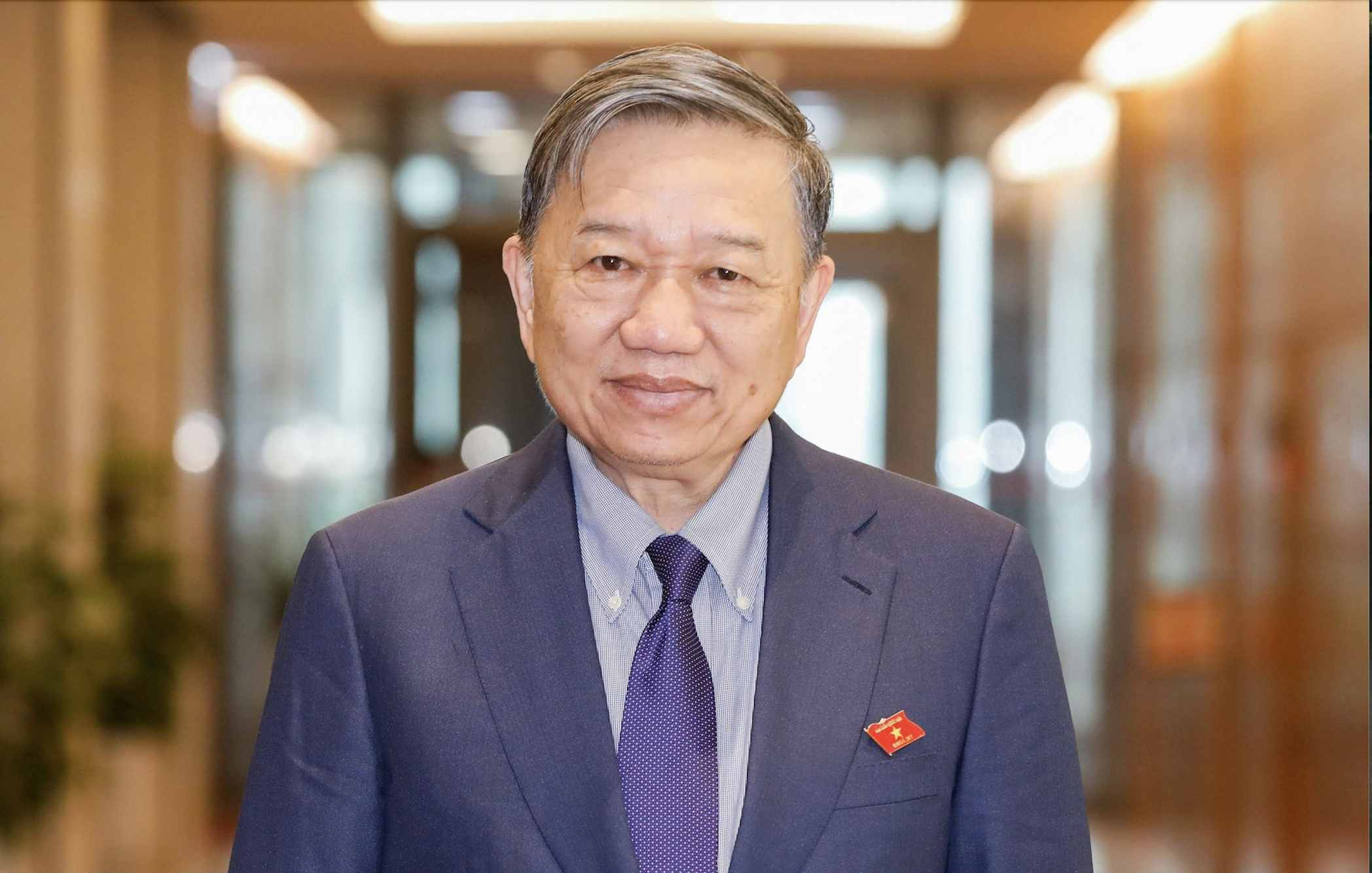
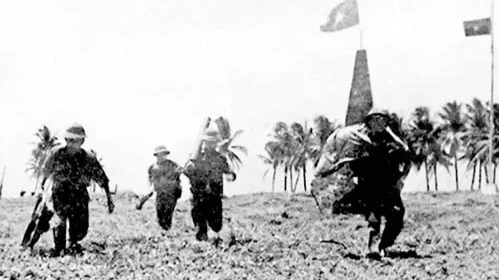
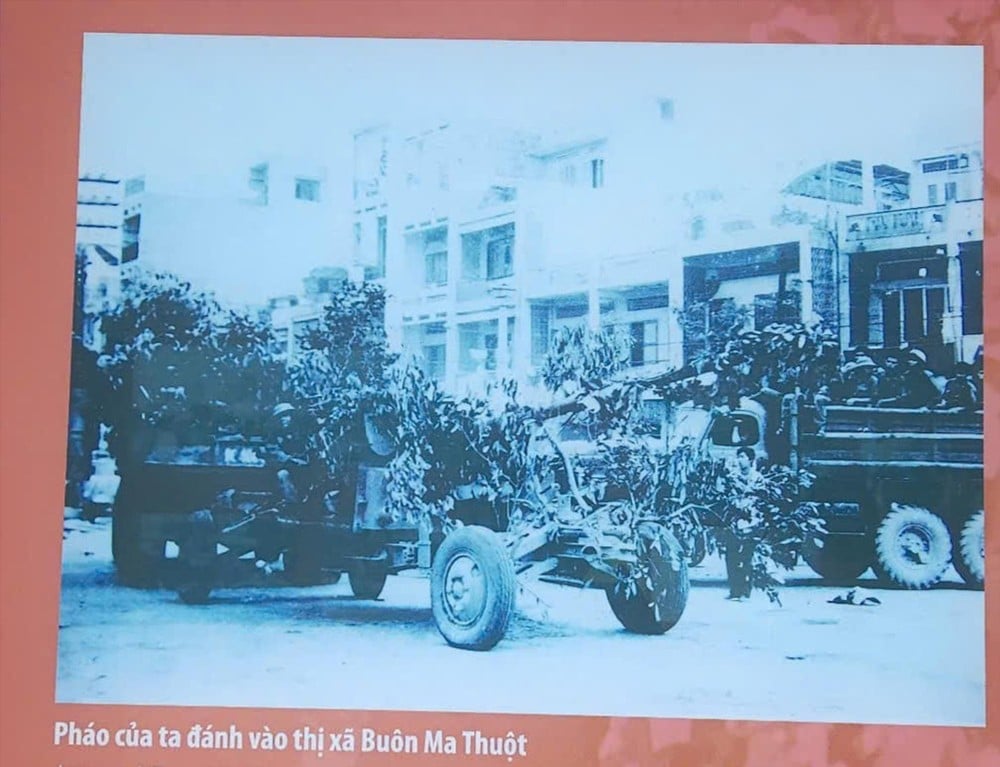
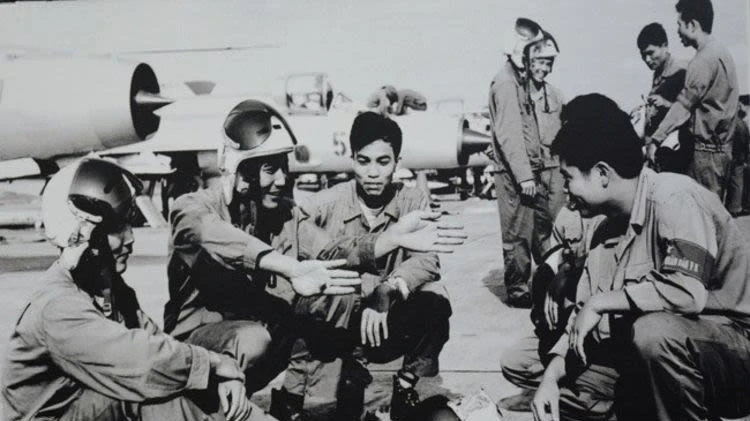


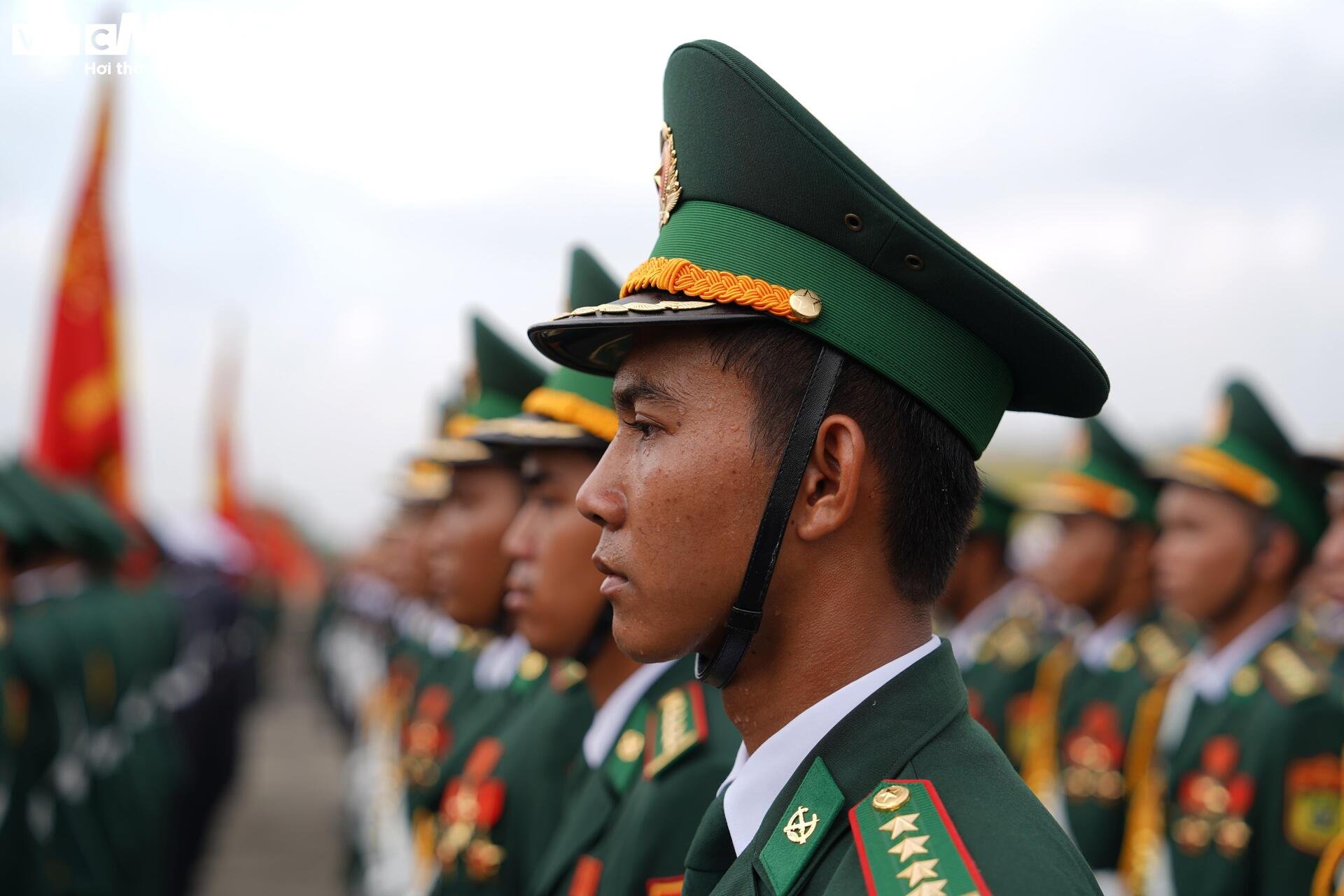

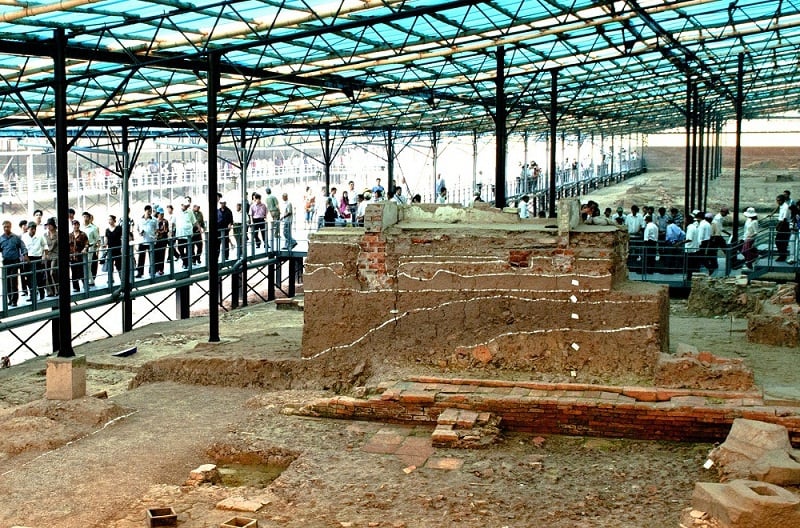
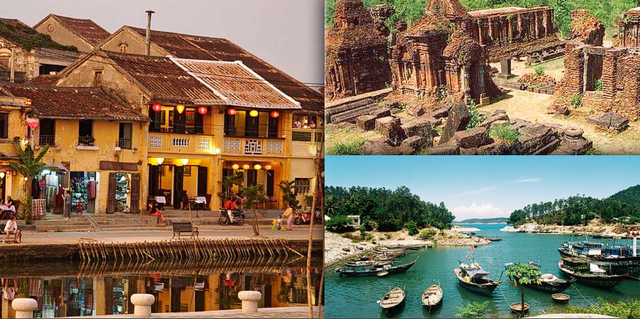
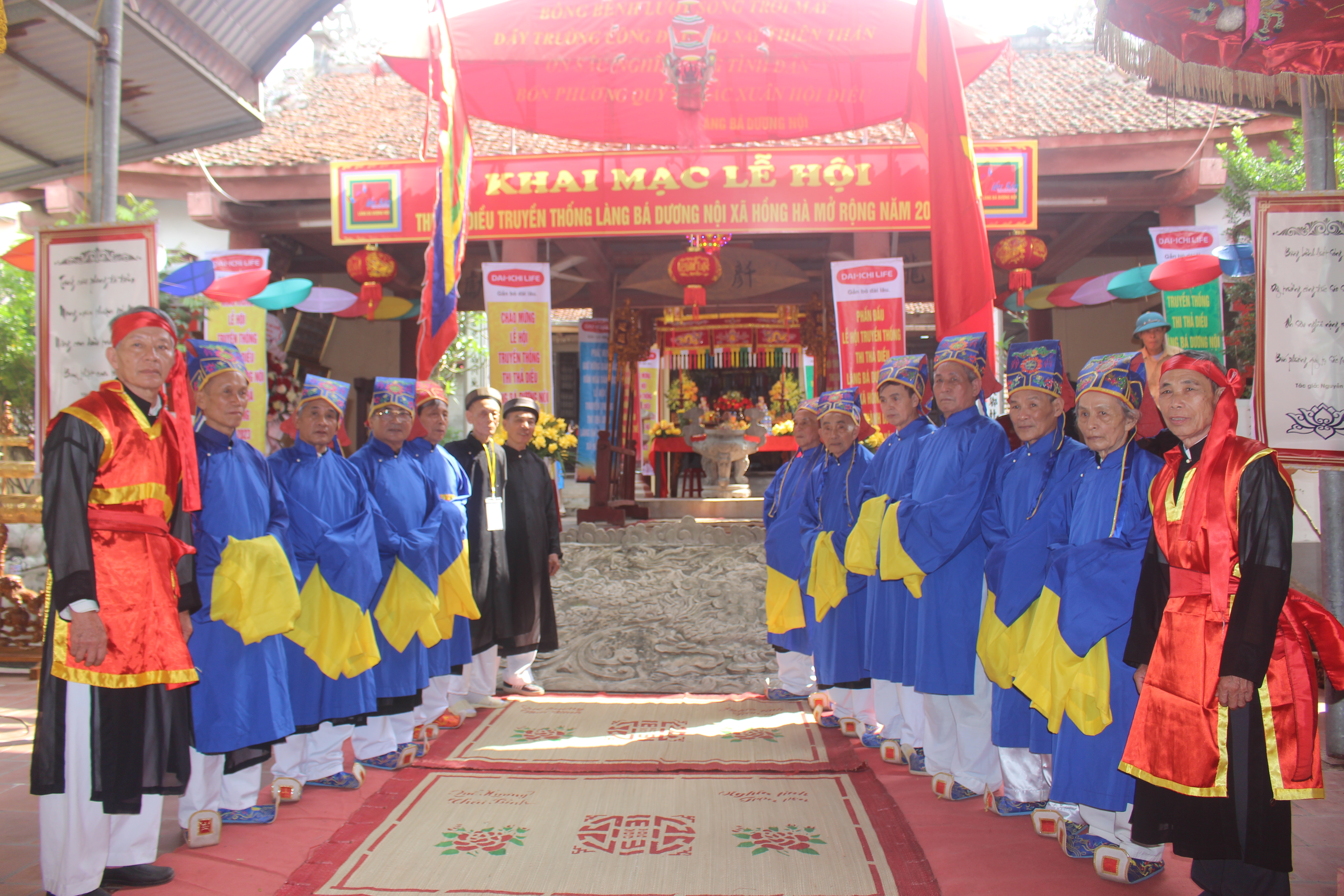
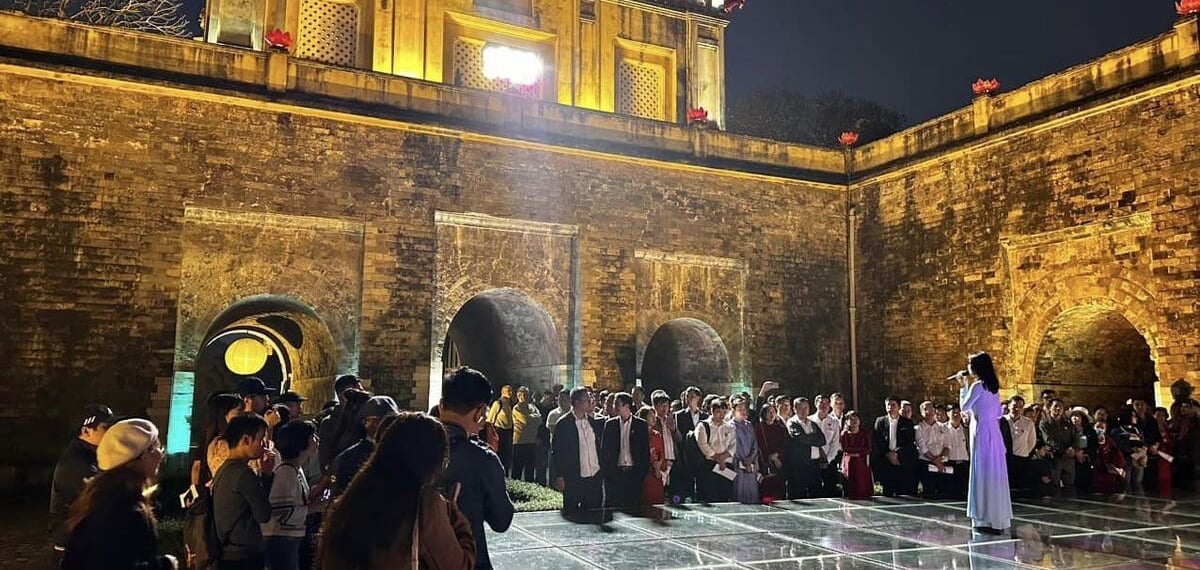
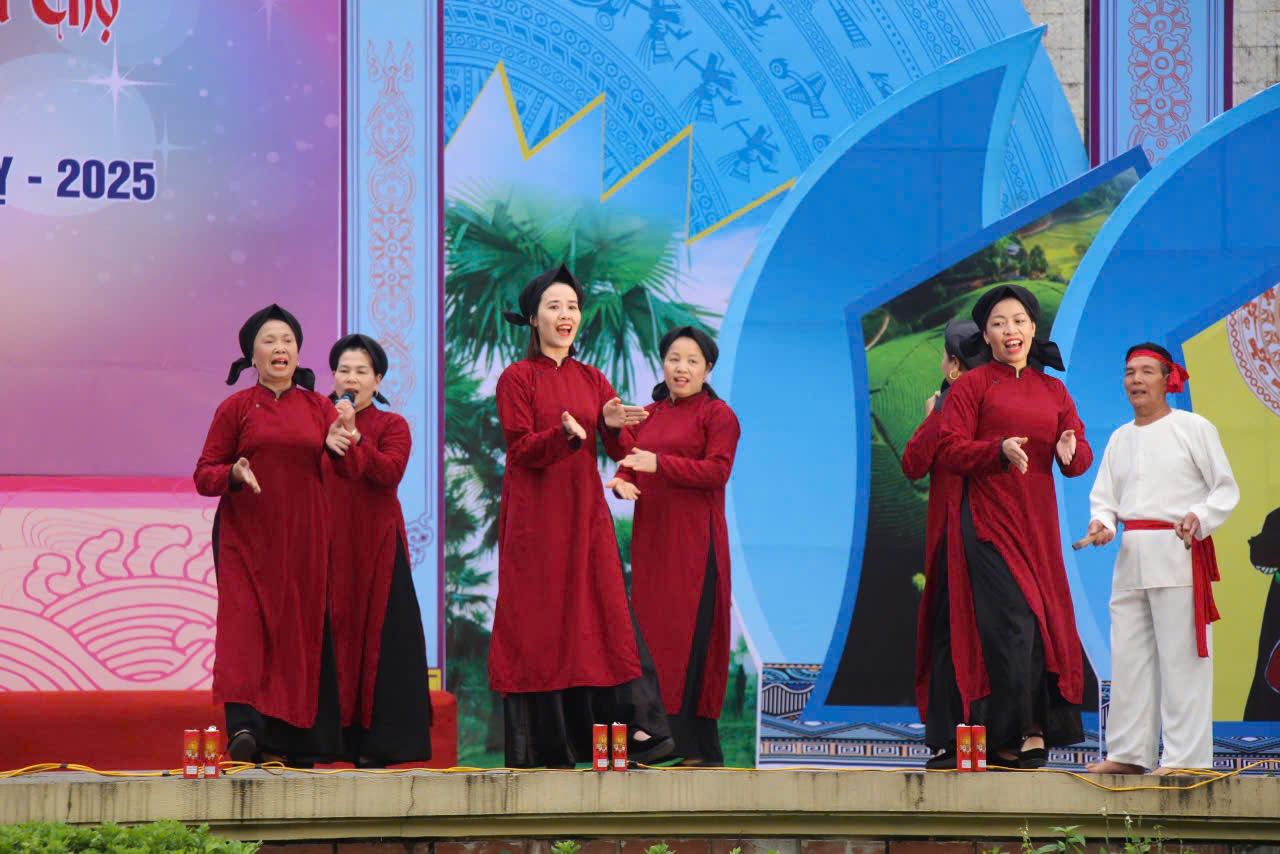

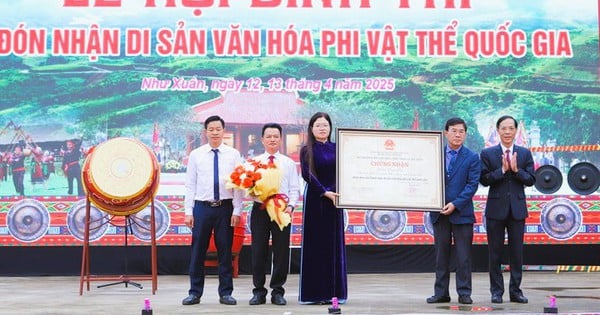
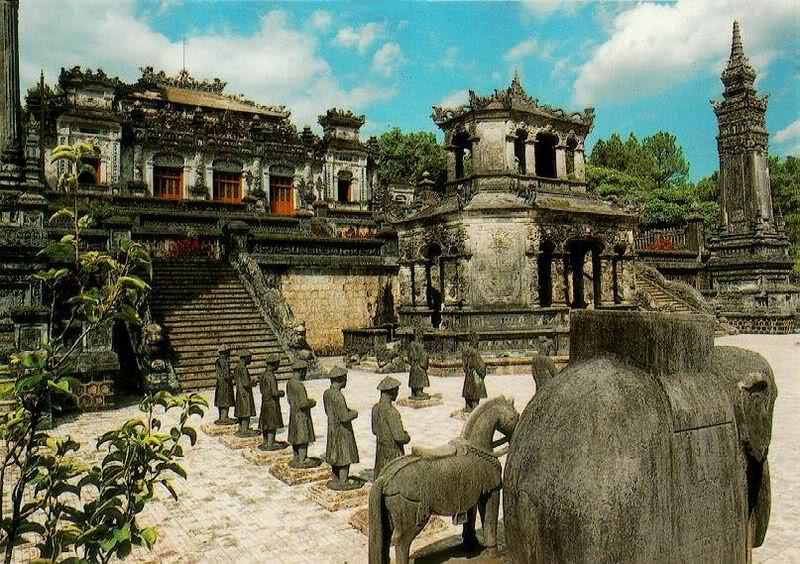

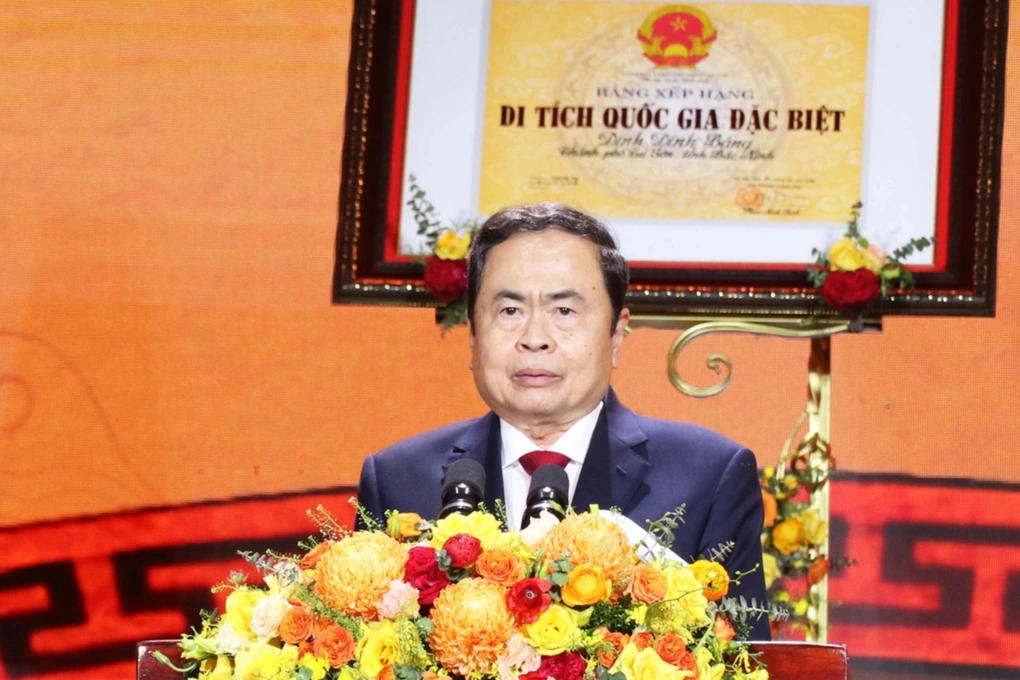

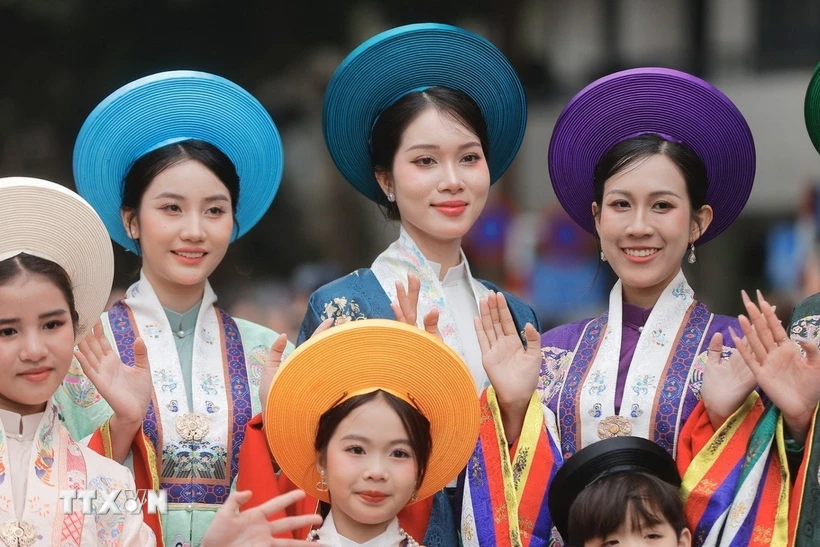

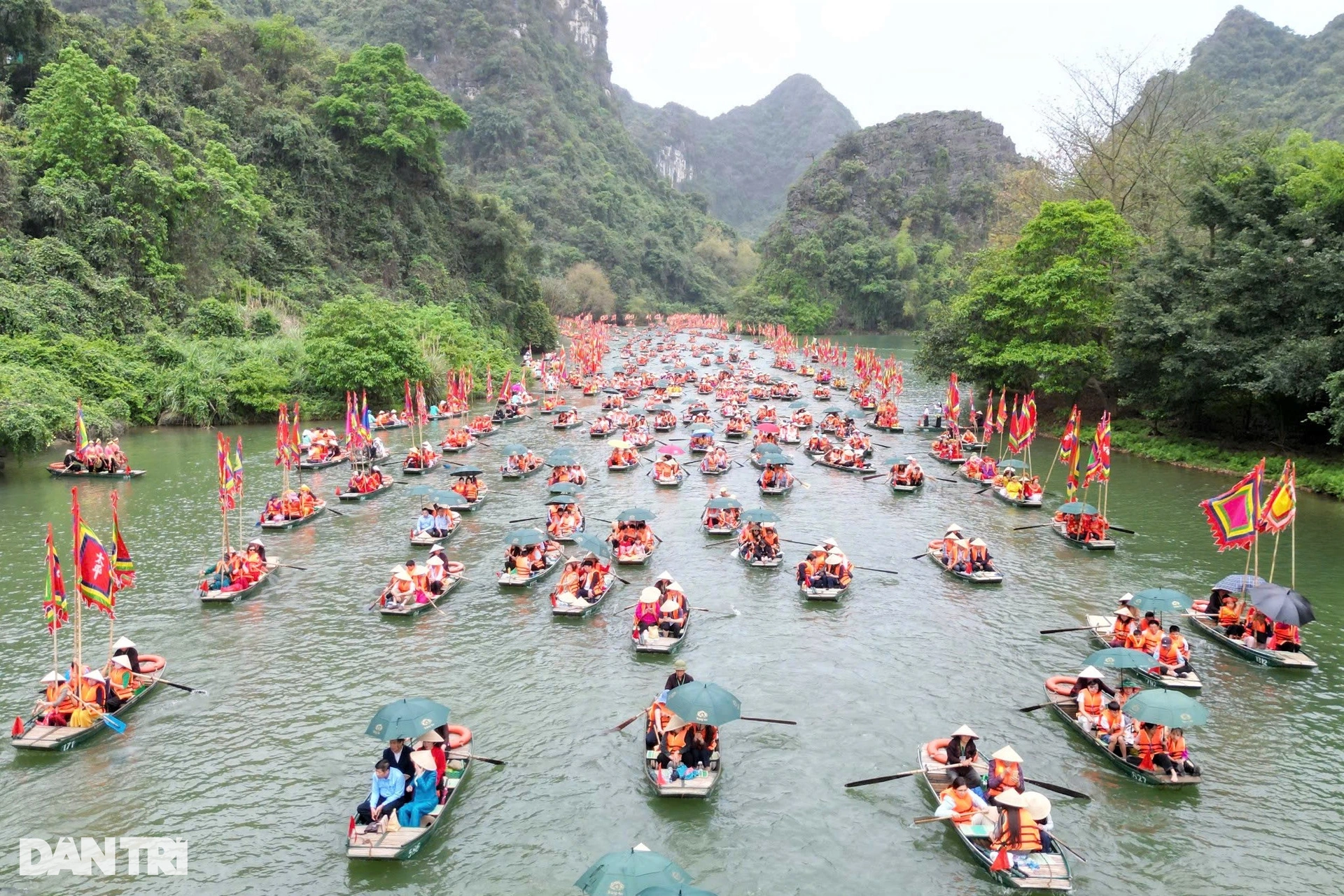





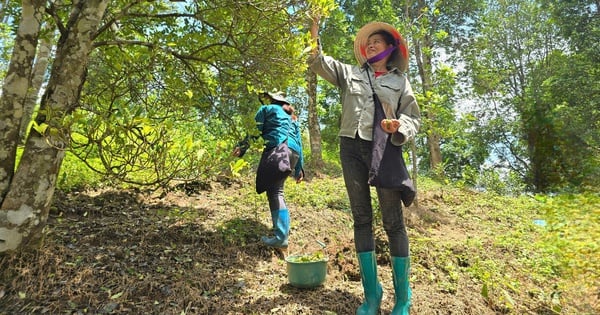




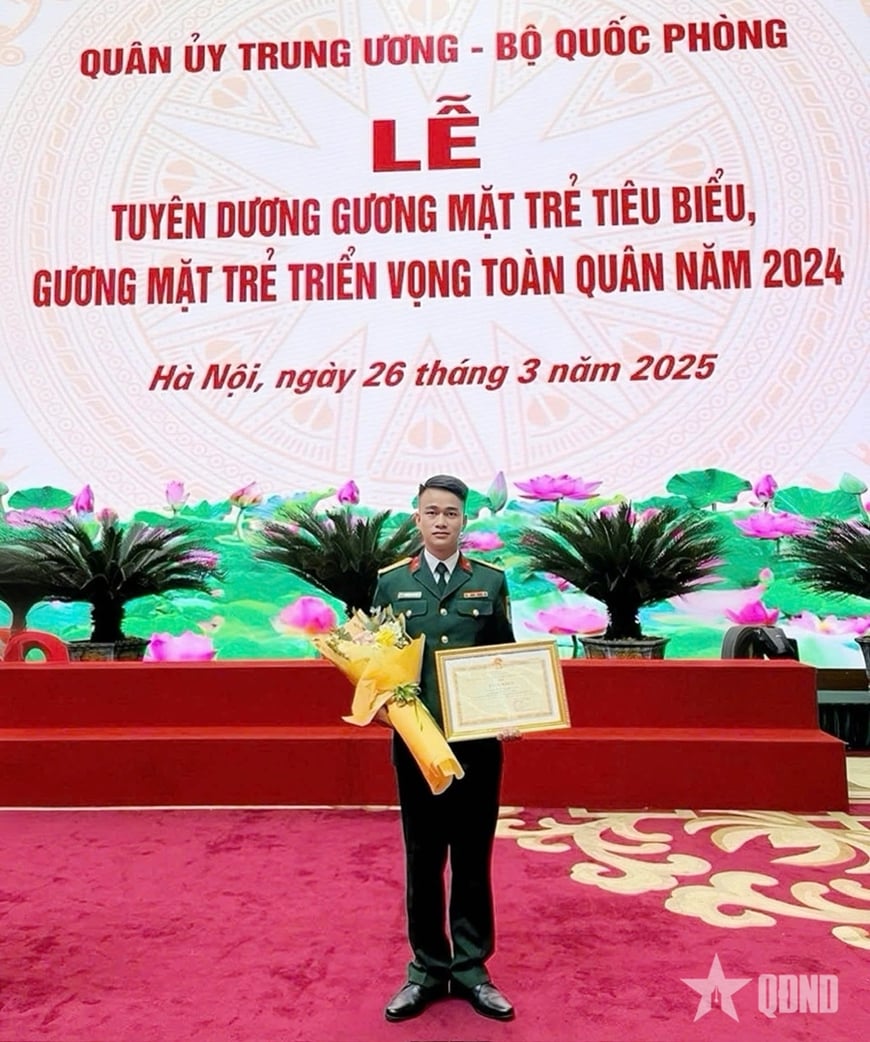

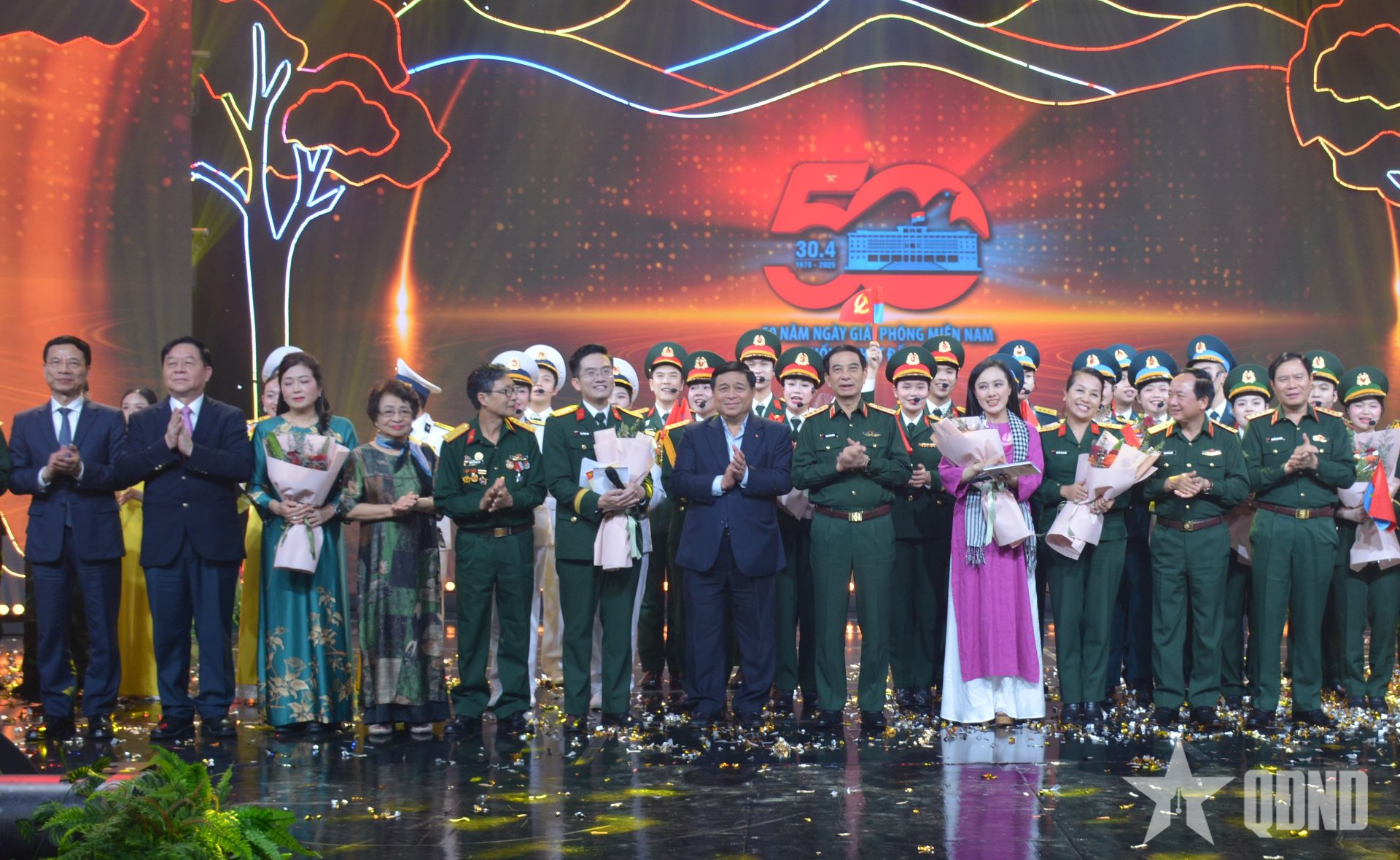









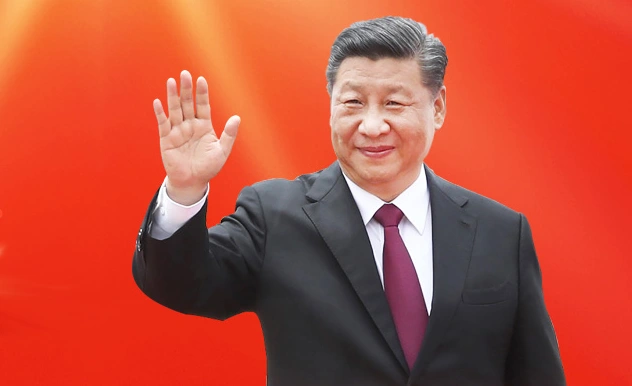
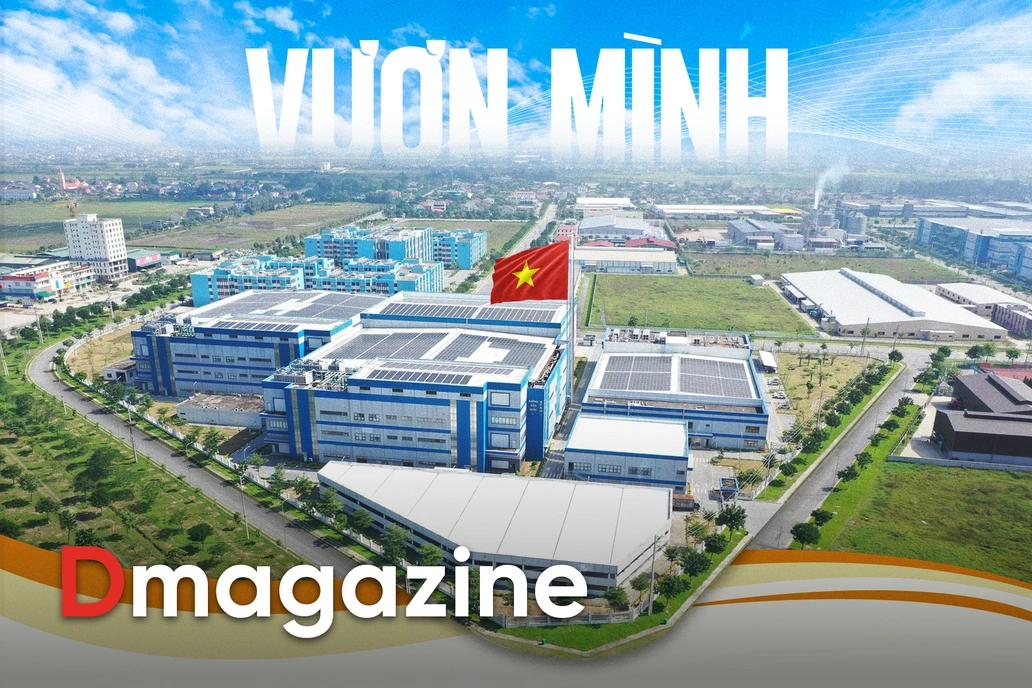
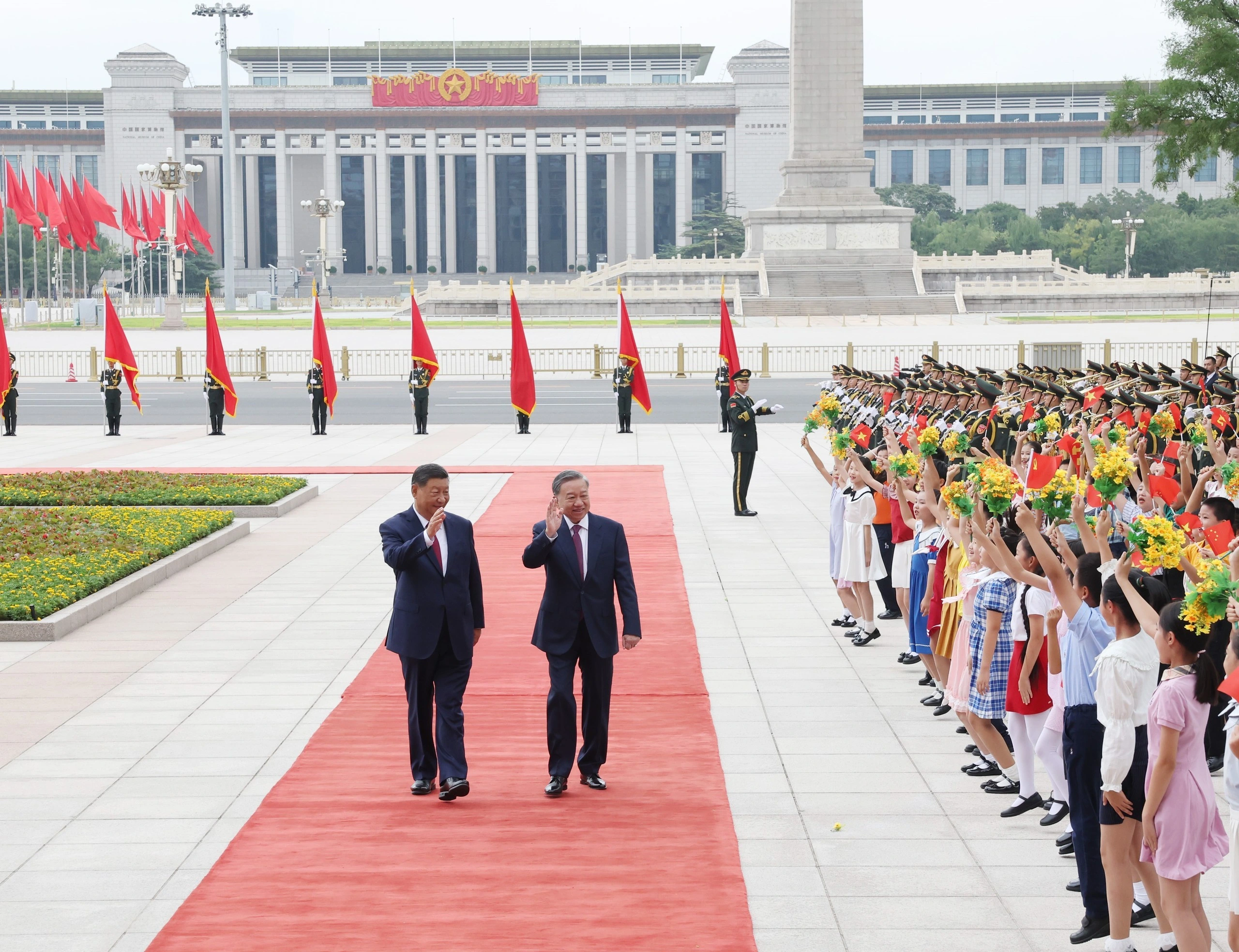
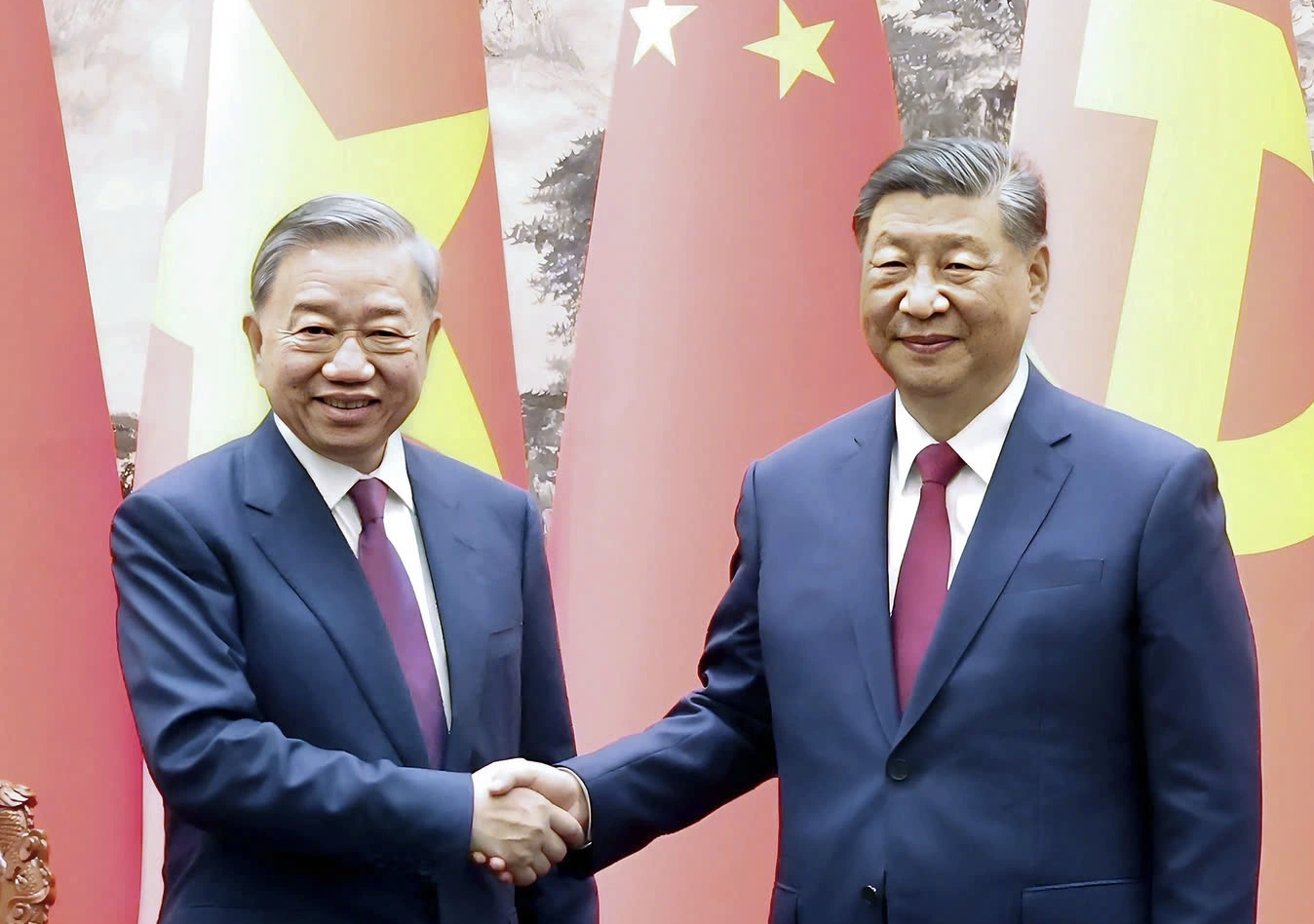
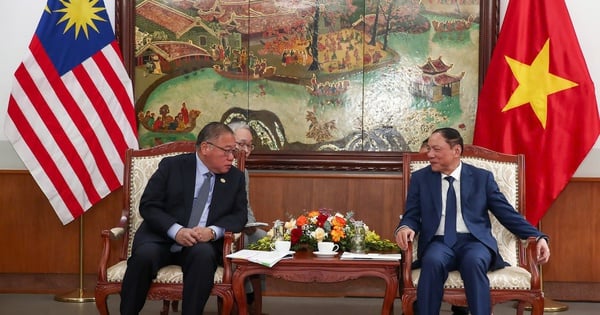

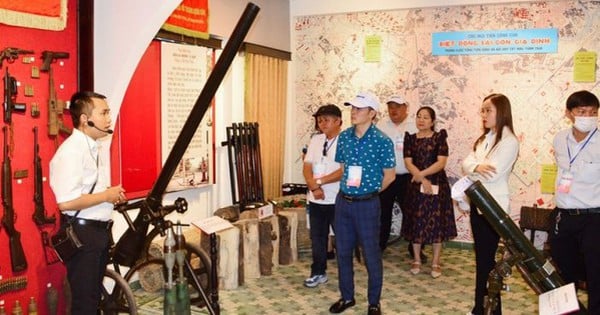



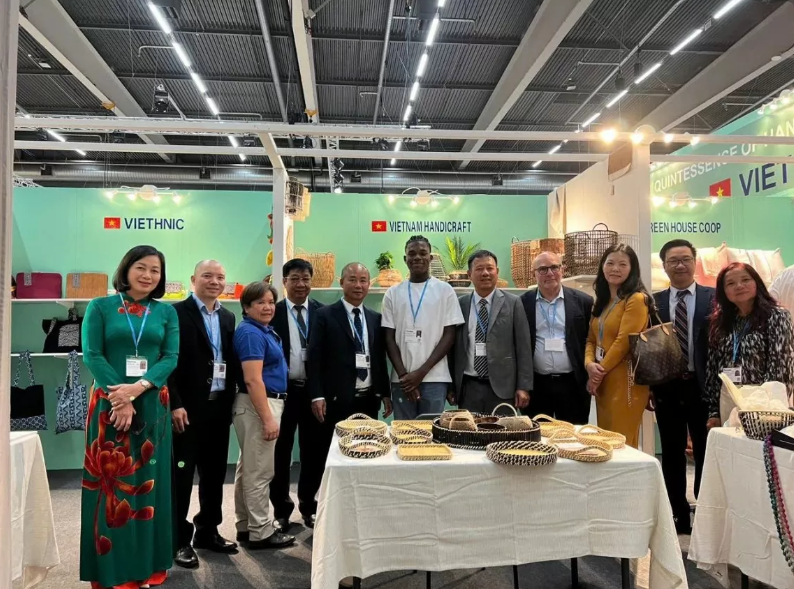
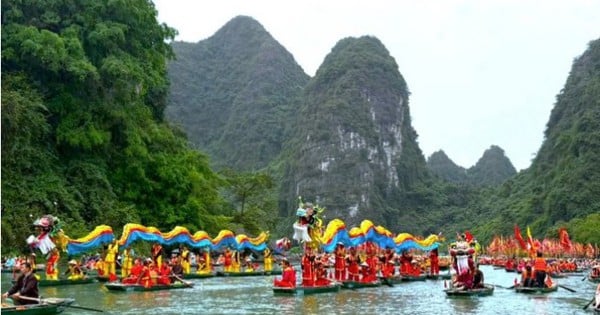
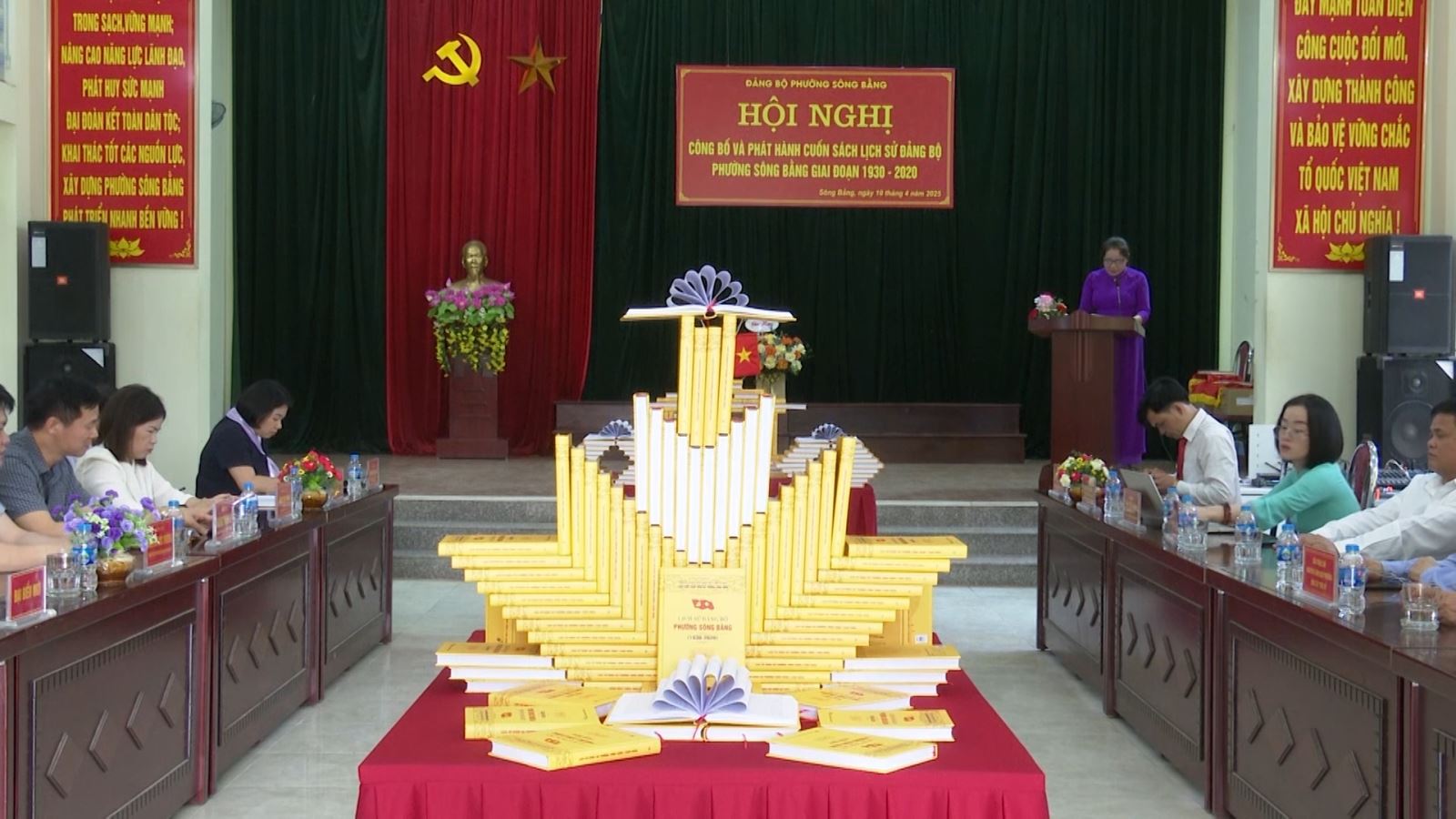

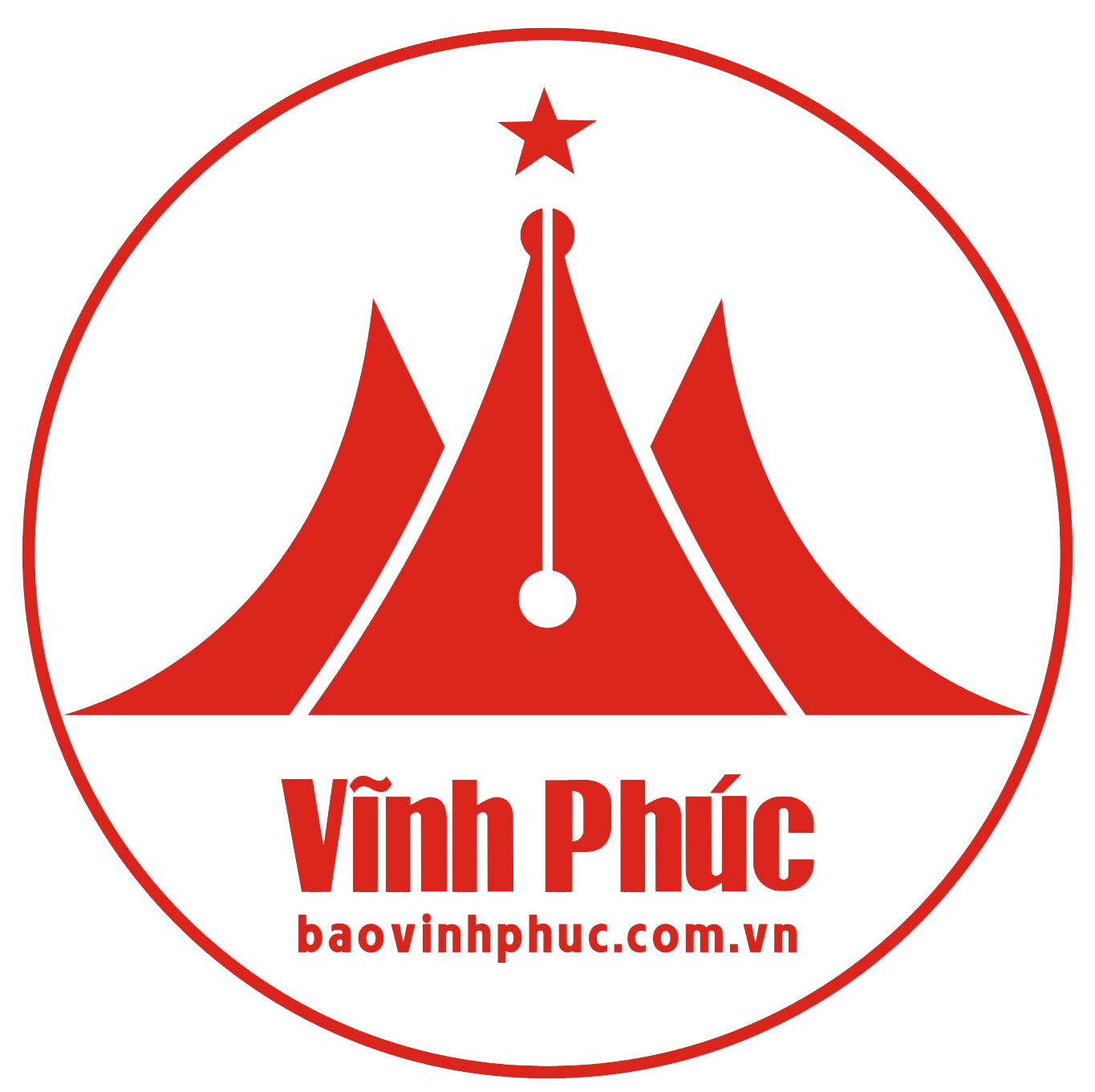
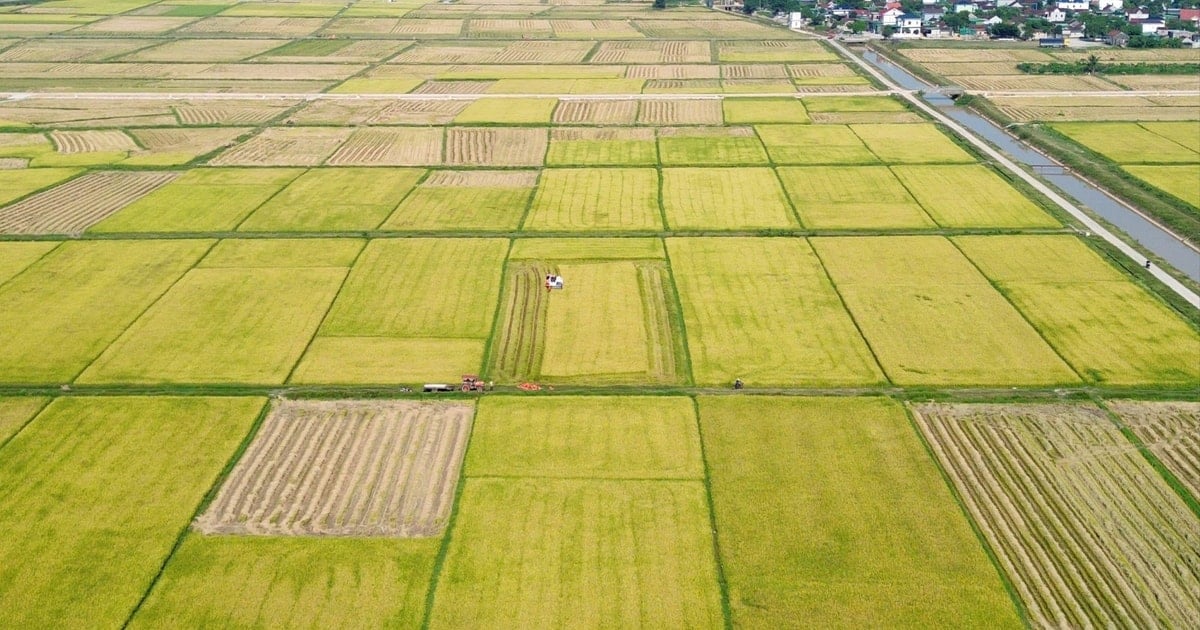

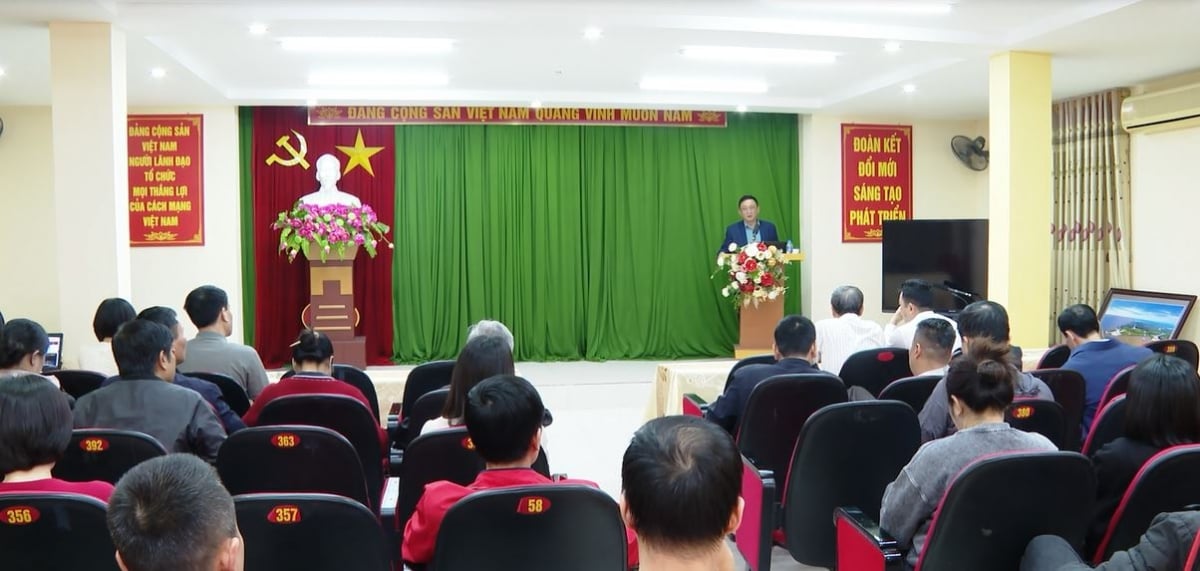
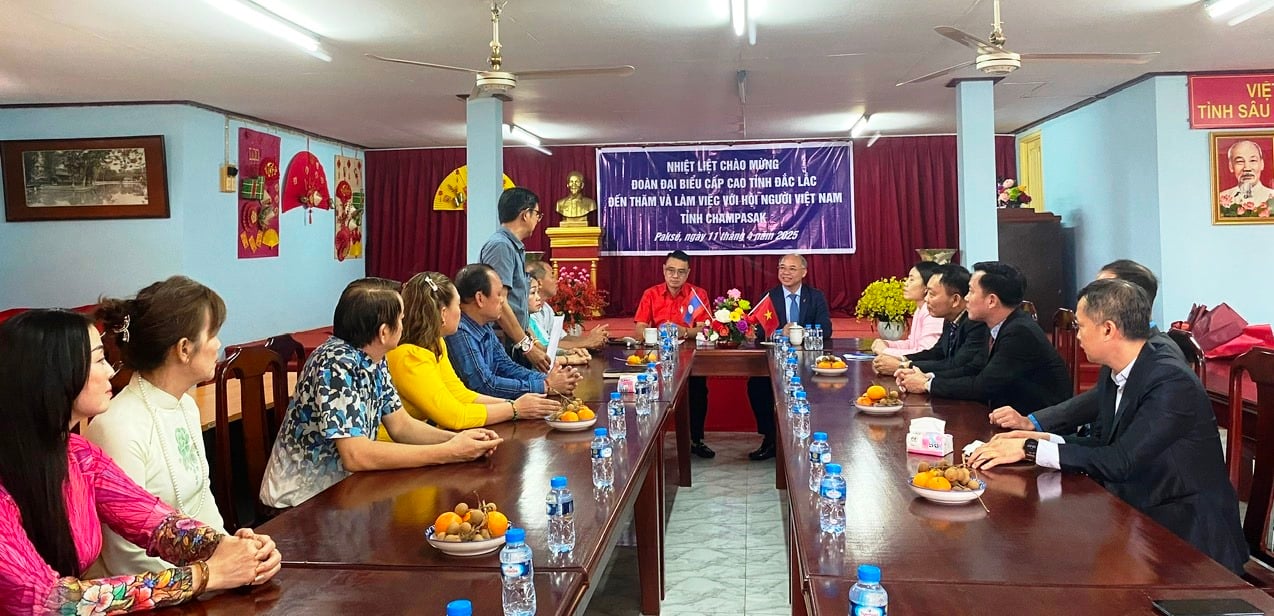
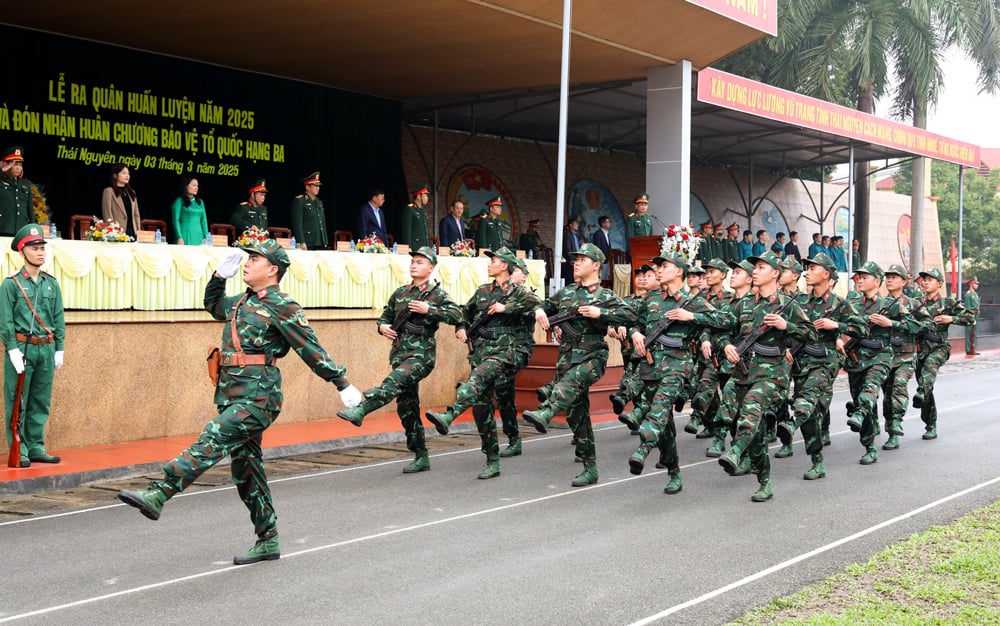
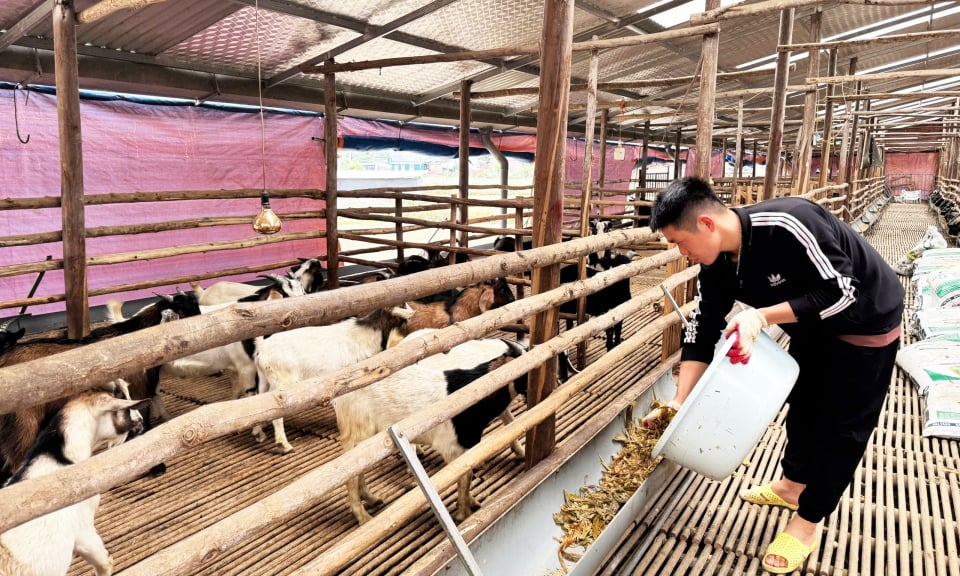





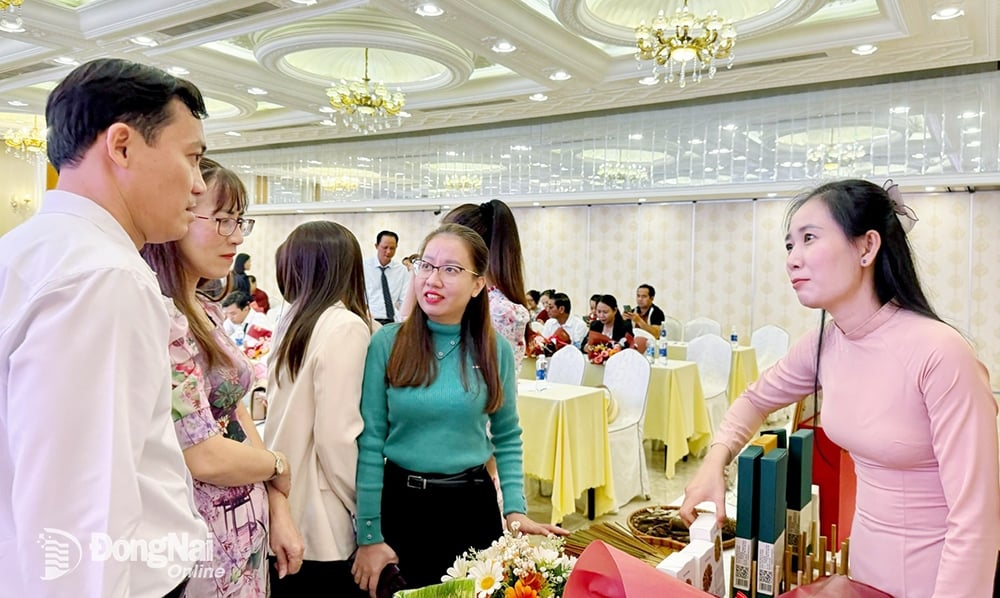



Comment (0)